Emmet Mullins - the Irish National Hunt trainer who has had no shortage of success - a common trait in the Mullins clan!
Article by Daragh Ó Conchúir
Emmet Mullins possesses the sense of mischievousness that is common in many of the Mullins clan, and there are times when one wonders if it might be a contributory factor in his approach to training racehorses. Or at least his race planning.
We know from a significant sample of more than eight years as a trainer, that Mullins doesn’t throw darts without having given them due consideration. It’s just that his way of getting to the double is more Mensur Suljoviç than Michael van Gerwen. Convention is a constraint he sees no sense in burdening himself with.
So, it is not just plucking outlandish plans out of the ether. That would be idiotic and Mullins is no idiot. He is not unaware that he might be doing something others would not consider however, and when he delivers with an apparently off-kilter plot, he most definitely gets a kick out of it.
Examples of eschewing custom? Landing a listed three-year-old fillies’ hurdle race in Auteuil in 2019 with Fujimoto Flyer, acquired as a yearling on a trip to Japan two years previously. Scoring in a Grade 2 three-year-old hurdle race at the same venue last year with McTigue.
Winning a Grade 1 novice chase at Punchestown last April with Feronily, a horse having his second ever run over fences, just a month after shedding his maiden hurdle status, having been given his debut over both national hunt disciplines at graded level. That elite Punchestown triumph was less than five months removed from the Getaway gelding winning a point-to-point on his first ever public appearance at Rathcannon.
How about preparing ten-year-old The Shunter to bag the £103,080 first prize in the Cesarewitch at Newmarket last October? In March 2021, the same horse plundered a £100,000 bonus on offer for any winner of the Morebattle Hurdle that subsequently won at the Cheltenham Festival, doing so over fences in the Plate.
And then there’s capturing the Grand National with Noble Yeats in 2022, the first seven-year-old to be victorious in the Aintree feature since Bogskar, 82 years previously. And that came just 14 months after running in a bumper, 13 from obliging in his maiden hurdle.
For the most part, these aren’t campaigns his uncle Willie would consider and he is the most successful trainer in jumps racing. That said, when it comes to campaigning internationally at least, Willie has been all over the world and taken a punt in places like Nakayama and Merrano, and his own father Paddy (Emmet’s grandfather) did it before him, winning the $750,000 Grabel International Hurdle at Dueling Grounds – now Kentucky Downs – in 1990.
So there is a bit of nature in the ambition, the refusal to be hemmed in by the norm. He’s even had a runner in an Irish Derby, legging up Rachael Blackmore on King Of The Throne in 2020. But certainly, he has taken pioneering thinking to another level. It is his oeuvre. It takes a lot of confidence but the self-assurance is well placed. The CV tells us the methods produce results at a sustained and very exalted level.
For all that, and despite an average strike rate of around one in five over jumps in Ireland since he began in 2015, 28% over jumps in Britain over the same period (four from six at the time of writing this season alone) and a career high eight winners on the flat in Ireland this year (15% SR). Success for the Closutton 34-year-old – his 30 boxes are located at the HQ of his father, George’s equine transport business and next door to the gallops used by Uncle Willie to condition his legion of champions –is primarily about getting horses sold.
Sometimes they stay in the yard, which is the case if JP McManus gets involved as he has done on a number of occasions with The Shunter, Filey Bay, So Scottish, Corbett’s Cross and Feronily, and with Noble Yeats after the Waley-Cohens acquired the subsequent Grand National hero.
Most of them don’t though, particularly the flat horses, with a global market. Of the jumpers, McTigue is one of the more recent to have been bought to race in America.
In an interview in last year’s Irish Racing Yearbook, Mullins said he wasn’t good enough to be a jockey, even though he was a Cheltenham Festival winner in the Martin Pipe Conditional Jockeys’ Hurdle on Sir Des Champs for Willie in 2011.
He won a graded novice chase on the same horse at Limerick the following December and then two years later at the same meeting, was entrusted with the responsibility of steering Faugheen around in a graded novice hurdle. But he couldn’t see himself having enough of those sorts of days.
“I didn’t want to be mediocre. Move on to the next thing and do better,” he explained in that feature.
So he retired at 24, just as his younger cousin David did, having won a Grand National as a teenager. They know their own minds, the Mullins boys.
That independent streak is evident in his second career. Being given the responsibility by Willie of travelling with Blackstairmountain to Japan and overseeing the eight-year-old’s preparations prior to landing the valuable Nakayama Grand Jump planted the seed for training, as well as leaving a very positive impression of racing in the land of the rising sun.
He knew he wasn’t going to be champion trainer but given his disinterest in being a journeyman, resolved to operate commercially and improve the quality while he could.
Making money on a horse is success in his eyes, as evidenced when in the aforementioned Irish Racing Yearbook feature, he posited that saddling a two-year-old to score in an auction maiden on the flat at Gowran Park was arguably his most important winner of a year that also included Noble Yeats’ Liverpool romp.
“Grand National prize money wouldn’t get you a deposit on a house,” he reasoned, referring to the filly’s subsequent sale.
Asked now to sum up his model, he uses one word initially.
“Flexible.”
That, as they say, is an understatement.
“It was always to buy and to sell. Try and advertise your horse and sell it on for a profit. You’ve a lot of advantages with the surname Mullins but there’s a downfall with the selling part. I think most of the market would feel if Willie doesn’t buy it, it’s no good. That’s a drawback. It’s tricky.”
But it’s gone well. He would like to retain the calibre of horse, but it is not at the top of the list.
“I want the quality of the horses to be as high as possible but I don’t think I’ll ever go down the road of too many horses. I’m happy enough with the workload that I have. I went to Kentucky in September and October for the guts of five or six days each time, which you could never do if you had too many horses. There’s a good team at home but the bigger you get, no matter what systems you have in place, the more diluted it gets, I feel.”
As for being hands-on, he says: “I like to know, but I like to delegate. If I’ve all the right information I can make the decisions.”
He only rides work now when they are short of bodies, but is fortunate to have eight full-time staff, while his number one jockey, Donagh Meyler arrives three times a week.
He has just resurfaced a five-furlong gallop he had installed originally in 2018, and describes his method of conditioning as interval training.
“All I know really is Willie outside the back door of our house. It’s all I’ve seen and it’s a good model to be working on.”
While the conditioning, fitness and schooling aspects are imperatives, they are useless without the raw material and it is here that Mullins seems to really deliver at an incredible level for a small-scale operation. He is very clear about what he is looking for when making acquisitions.
“When it comes to horses in training, it’s when they hit the line. There’s nothing worse than something tying up that might fall across the line and hold on to win. I would definitely be waiting for the horse in third that was too far back and flew home and ran through the line. I’d value him more than the horse that actually won but the market might consider the winner the best horse. There are plenty of different factors gone into where each horse was but horses that run through the line, there’s another day in them.
“With unraced horses, I suppose it’s a lucky dip but if they can’t walk, they can’t gallop. It’s all about the action. When you’re looking at horses that ran, the page is 90% irrelevant because they’ve either outrun their page or underrun it and there’s probably more underrun their page than outrun it. Once there’s black and white form, the page drops way down the list. But with unraced horses, it’s one of your only markers. You’ve got your conformation and pedigree and you haven’t much else to go on.”
Paul Byrne is a key investor, a friend of cousin Patrick (son of Willie), who clearly liked what Emmet Mullins was doing and whose light blue colours have become very recognisable on the likes of Feronily, Corbett’s Cross and The Shunter prior to their sales to McManus, as well as Slate Lane, among many others. Meyler is a key contributor too, obviously.
“We’re on the same wavelength I think,” he says of the experienced pilot. “Sometimes I mightn’t say much and I think I’ve said what needs to be said. If you’re not on the same wavelength, the jockey hasn’t got it. That’s my fault. It hasn’t been communicated the right way. With Donagh, we’re on the same wavelength and a facial expression could say as much as a word.
“McTigue in Auteuil, I walked the track with him [Meyler]. Don’t think he’d ridden there before. I’d won there with Fujimoto, had ridden there and we’d been watching Willie’s horses win there over the years. I told him how I would ride the race, and hurdle by hurdle it was just textbook, following the conversation we had the whole way around.
“Once we come out after getting the saddle, I ask him about the race. I might have my homework done but I want to see what he says first anyway. Nine times out of ten, we come up with a plan together. A few times, I throw a spanner in the works, like with Slate Lane in Haydock when I say, ‘We’re gonna make it today.’
“Donagh thought we’d be switching off as usual, down the paint, but I just thought there wasn’t much pace in the race so I said, ‘No. Line up wide. Go with them. If they’re going too hard, you can always sit in behind them. If you’re going too slow, you’ll get a freebie up front. It’s up to you to figure it out from then. I just wanted him to have those options rather than being locked in a pocket in behind if they were going too slow. But the main thing is we are on the same wavelength.”
When we speak, Slate Lane has just delivered on another target, his fourth consecutive triumph, bagging the £71,188 first prize of that premier handicap at Haydock he has referred to. It is bittersweet though as, barring a miraculous recovery from a very bad tendon injury suffered at some point during that race, he won’t compete again.
“I don’t know how he got to the line. Fifty per cent of the tendon is gone, into the tendon sheath and the big worry with that is infection. He’s in a cast now so as not to put the weight on it. The BHA vets were very good, flushed it out and gave him antibiotics on the racecourse and he went to Leahurst (Equine Hospital in Liverpool). It’s fairly certain he’ll never race again but it’s good news that he avoided the infection and saving the horse was the most important thing. With tendon sheaths it’s often 50-50 whether you’ll survive it because of the risk of infection.”
It is a reminder that even when things are going outstandingly well, in racing, above all other pursuits it seems, the leveller is just around the corner. Only the day before, Jeroboam Machin won a Fairyhouse bumper on debut. He too suffered a nasty cut on his tendon, a bigger one than suffered by Slate Lane but not as deep. It will sideline the youngster for some time and there is a double whammy in terms of a potential sale but he should hopefully return to the track at least.
Some were talking up Slate Lane as a potential Stayers’ Hurdle candidate, cognisant of Mullins’ propensity to press fast forward with his neophytes but the intention had been to stay in novice company and to see just how far up the ladder the five-year-old son of Ask could go.
He only had him six months, and though there were three underwhelming performances on the track for Paul Hennessy, the third had been an improved sixth in a two-mile Gowran Park maiden hurdle in March though that ended in disqualification when jockey Niall Prendergast weighed in incorrectly. That actually brought Mullins’ attention to him however, and when he delved a bit deeper to look at his third-place finish in a Moig South maiden point, the manner in which Slate Lane finished strongly was enough for him to press the button.
“He flew home. I know he finished third but he was the horse to buy out of the race. There were no hiccups from then. We were probably on the mark after Newton Abbot but it was 75 days out to the race. As it transpired, the race didn’t fill and he’d only have been a pound or two out off 113 but you couldn’t take that risk and you’d have been longer again out. So in between Newton Abbot and Haydock, we took in the (Corinthian Challenge) charity race at Leopardstown (which he won) to keep him ticking over. Michael O’Neill, who won on him, comes in to ride work for us a good bit.
“Haydock wasn’t mentioned until after Cartmel but first, it was Cartmel for the sticky toffee pudding. That was the big draw! As soon as he crossed the line - it was a 2m6f maiden hurdle - we said, ‘Big pot, three miles, Haydock, November’. I had a runner in it once (2021), Righplacerighttime. I tend not to forget where the money is!
“We couldn’t enter him in Irish handicaps because if you ran him in Ireland, the English handicapper has his own interpretation so we campaigned him exclusively in England over hurdles to keep on their handicap system and we wouldn’t be guessing about what rating we’d have.
“He was working well when we decided to go for the maiden hurdle. We thought he’d win and he kept improving the whole time and he had to. The same horse that won in Haydock, wouldn’t have come off the bridle in the Cartmel race and he came off it on the home bend and had to be scrubbed against a 78-rated horse. So he’s clearly improved. He wasn’t a 127-rated horse. It has been a natural progression.”
Using a charity race to keep him ticking over is unconventional, to say the least, but Mullins readily concedes that “we don’t do much normal”. The outside-the-box planning seems like genius given how often it comes off.
“You’re just looking for those niches. It was 2017 I think I went to those yearling sales in Japan... They are, I would say, on top of the world now with their system, their tiered racing, their midweek racing and their weekend racing, the prize money. It’s ten years this year since I was at the Japan Cup and the racing fraternity were like the Premier League stars. The following was phenomenal.
“I bought Fujimoto Flyer. Another foal I bought privately over there was Crowns Major (owned by long-time patron Annette Mee, who provided him with his first winner St Stephen’s Green). He won the big premier handicap at Galway (in 2021) with Wesley Joyce. Now, the third, I sold to Poland or the Czech Republic fairly quickly after but two out of three isn’t bad.”
No other trainer around would have campaigned Feronily like he did and that they picked him up for just £45,000 at Cheltenham, five days after cantering to victory under Derek O’Connor in his point-to-point was a fantastic start.
“It’s funny, on the day of the sale, I was going over thinking he was the best horse in the sale. Told the clients, ‘Couple of hundred thousand, this is the real deal.’ I hadn’t seen him but looked at the vet report on the phone, saw the video of the race but the rumour machine was going around that he had bad tendons. Two vets were after standing over him and cleared him! I spoke with Ellmarie Holden who won the point-to-point with him. They’d scanned the tendons at home, they showed me them, it was perfect.
“Paul was beside me and I says, ‘We’re buying the next one in.’ He says, ‘What is it?’ I says, ‘You’ll see when you sign for it.’ There were a few mates of his with us and I said to them, ‘Put up your hand now. We’re gone past the reserve and you’ll get him on the next one.’ One of the guys bid, so we got him. They didn’t know what was after happening. I was giggling away and Tattersalls had the buyers as Hughes, Smith and Stokes - three friends of Paul’s!
“He’d won ten lengths. He’d a big advantage going to the last. Popped it. Lost all the ground. Derek sat down on his back and he took off and went again. And you don’t go a second time unless you’ve got a big engine and he galloped through the line after losing all momentum. It was a no-brainer.”
Okay, buying him was, but you cannot tell me the subsequent course of action was obvious.
“It was Paul that wanted to go to Kelso after two good bumper runs (second to Isle Atlantique and third to A Dream To Share). He didn’t run too bad (finishing fourth) because it was a graded handicap on his first start over hurdles. We got the maiden hurdle in Limerick out of the way. I think the entries for Punchestown were closing after that and I don’t know why, but I just thought that the three-mile novice chase division was vulnerable. Stuck him in, then rang Paul and told him, ‘I might have done something crazy again.’ When the entries came out then he said, ‘That wasn’t one of your worst ideas.’
“We got the run into him in Cork (in a Grade 3 chase). We didn’t want to run in a beginner’s chase because if he won, he wasn’t a novice the following season. So you wanted it to be justifiable to lose it. If we won, well and good, if not, you had the experience. He ran very nicely in second and it was on to Punchestown from that.”
Sometimes things just fall into place. The Shunter was slated for a major staying handicap from the time he won his maiden in Sligo in May 2022.
“He wasn’t right for the Irish Cesarewitch and for luck, he went to Newmarket. The extra two weeks probably helped and it rained then as well.
“It was Paul that had spotted the bonus with the Morebattle. He had won the Greatwood already. You can’t be expecting him to be that far ahead of the handicapper to win three premier handicap hurdles so that’s why we had to take up the chase option in Cheltenham after he won the Morebattle. He probably wouldn’t have run over fences at all, he was still in a 0-116 bracket and there was a beginners’ chase at Punchestown for horses rated 116 or less over hurdles. I said to Paul we probably wouldn’t win a beginners’ chase in a month’s time when Willie and Gordon (Elliott) had their horses out and 140 horses were getting beaten in beginners’ chase. That opened that possibility for us. So it wasn’t that we were planning hurdles and fences with the Morebattle and Cheltenham. With that one, it just panned out that we had somehow done the right thing.
“He’ll get a break now and maybe come back for the Chester Cup. He’s an older horse, he’s had plenty of issues and I’d say his jumping days might be behind him.”
Corbett’s Cross is moving the right way and a return for one of the Grade 1 novice chases at Cheltenham is a more straightforward plan.
Noble Yeats is likely to miss the Gold Cup this time around, having finished fourth last year before filling the same position in his bid to go back-to-back in the National.
“I think we found a little race for him to start back over hurdles at Christmas. It’ll be a start. He had a tough year last year. Gold Cup, Grand National, Grand Steep de Paris. He had an extended break and didn’t come back to me till the first of October. At the moment it’s the National. I don’t think we can do both. He won’t be helped by being so consistent in his races, with his handicap mark and plenty of weight but as they say, horses for courses and he definitely has Aintree sussed.
“He’s a funny horse in that he needs a hood or ear plugs for the preliminaries, but when he’s going he needs cheekpieces. There’s no other horse you’d do it with. It’s just figuring them out.”
Just another element of the job Emmet Mullins seems to be very good at.
Willie Browne - trainer profile
Article by Daragh Ó Conchúir
He may be in his 77th year, with a resumé of excellence as an industry pioneer and a well-earned sobriquet, King of the Breeze-Ups, but all along, Willie Browne has had a trainer inside of him, straining to be let off the leash.
Economic pragmatism meant he travelled another route, and it has paid rich dividends. The Grangebarry Stables boss, who operates under the Mocklershill banner in his primary occupation, bought, educated and sold the first ever breeze-up graduate to win a Classic - the 1000 Guineas heroine Speciosa.
Willie and daughter Jane
That came a year after Penkenna Princess was beaten a short head in the Irish equivalent. Derby runner-up and now darling of National Hunt breeders Walk In The Park and Ascot Gold Cup victor Trip To Paris are other alumnae.
Browne has consigned the top lot at all the marquee sales, breaking the million-pound barrier twice, and in Mill Reef Stakes winner Sakheer, he has a real contender for 2000 Guineas honours in 2023.
Son of Zoffany, Sakheer powers clear to win the 2022 Mill Reef Stakes at Newbury for trainer Roger Varian.
Yet greeting a winner of a 0-65 in Dundalk on a wet Friday night would, he insists, give him more of an adrenaline infusion.
Sure, the monetary rewards are oceans apart, but training is about something far more elemental. It is about DNA and who he is.
“I wanted to be a trainer for as long as I can remember,” says Browne over a mug of tea and a plate of sandwiches in his kitchen. Roxy and Chanelle are his two dogs, happy with scratches but with longing eyes on the platter on the table.
“Give me a winner at a small track any day to a big day at the sales, you know? Economically, it doesn’t make sense, but I just love it.”
His father Mickey was a talented jump jockey, who had learned his trade at Athassel House, which is now where trainer Paddy Twomey has built his select but quality-laden empire. From there, Mickey moved on to work for Tim Hyde, father of Camas Park supremo Timmy.
The family moved to Mocklershill from Ballagh when Willie was five. School took a back seat because he was needed to work at home.
“I would regret that now. Apart from the education, in this day and age, it’s so important to go out in the world and see how other people do stuff.”
His equine instruction was top class however, and he would go on to ride around 250 winners in total under Rules and in point-to-points, with the race that became the GPT Galway Amateur Handicap and is now the Connacht Hotel Handicap – Galway’s unofficial amateur riders’ Derby – among the highlights thanks to Troubled Sole in 1965 along with a big handicap hurdle win on Pearl Of Montreal for his father.
With Michael, also a jockey, at home as well, they were struggling to make enough for three families. It was all well and good having this passion and talent but not much use if you were struggling to keep a roof over your head.
Willie noticed Tony O’Callaghan landing a few nice touches by selling two-year-olds he had bought as yearlings. That was in 1976, and he reckoned that maybe it would be worth dipping their toe in this particular water the following year.
It was a life-changing decision; and when the first official breeze-up sales were held in 1978, the Brownes were ready. Willie has been at the sharp end of that sphere since, an amazing feat given how it has changed along with modern trends, demands and fashion. One thing that never changed, of course, was the horseman’s judgement and depth of knowledge.
It was all very satisfying, building houses, putting children through school and all the rest, but it was really just business.
So, the opportunities that presented themselves in the past 12 months have been manna, miraculous sustenance to satisfy the inner desire.
After registering a grand total of 18 winners as a trainer in almost 30 years up to the beginning of last season, mostly with horses that didn’t get picked up at the breeze-ups or were not up to scaling the sort of heights some of the clients he pre-trained for (such as Coolmore and the Niarchos family) operated at, Browne has added seven more in 15 months.
Spirit Gal provided two of those, including the most prestigious success of his life as a conditioner when scoring in the Listed Star Appeal Stakes; and she subsequently brought him to Keeneland for the Breeders’ Cup Juvenile Fillies Turf last November, a couple of months after he had been there buying yearlings.
She has now been moved to France to be trained by Andre Fabre, and while he was disappointed to see her go, Browne has another project for the same owner-breeder, Charles ‘Chuck’ Fipke. A geologist and diamond prospector, Fipke has seen his colours carried to victory in 16 Gr.1 contests in America, including at the Breeders’ Cup, and is now keen to do something similar in Europe.
Stormy Entry (blue cap) prevailed at the line in a cracking finish to a recent Winter Series race at Dundalk
That said, Stormy Entry’s initial goal this spring was qualification to the Kentucky Derby. Not seen on the track until last December, the Point Of Entry colt was a promising second on the all-weather to the far more experienced Song For Whoever, who followed up with a facile triumph at odds-on subsequently.
Browne’s charge improved to win his three-year-old maiden in January under the septuagenarian’s go-to jockey Seamie Heffernan and scored again before finishing a close third at in the Listed Patton Stakes won by Killavullan Stakes winner Cairo, a Ballydoyle horse that was runner-up to Spirit Gal in the Star Appeal Stakes.
“It was all by accident really,” Browne explains. “I used to pre-train quite a bit for Chuck Fipke—a very rich Canadian man about the same cut and go as myself age-wise. I met him in Kentucky, 20 years ago; and for some reason, we palled up.
“I’d always be pre-training them to go somewhere else—first John Oxx and now Joseph O’Brien or Mark Prescott—and I was dead happy with that, being honest. I trained one or two horses for him okay, but they didn’t amount to anything.
“Out of the blue last year, at the end of January, he sent me six horses over from Florida, which was unusual at that time of the year, and said he wanted the Invincible Spirit and No Nay Never fillies to be aimed for the Doncaster Breeze-Up.”
The Invincible Spirit would turn out to be “a machine” called Spirit Gal, but after breezing like a “jet”, she developed some lameness due to sore shins and was withdrawn from the sale.
“It was a bit of a blow but I tipped along with her when she came back home, gave her a bit of a break after the breeze-up, and she was flying. I said, ‘Chuck, I’m going to keep this filly for a bit, give her a run and see what happens.’ She had a nice first run at The Curragh, was just touched off in Naas and then she won the two including the Listed race which qualified her for the Breeders’ Cup.”
Fipke wanted an American-based jockey on board, though Heffernan had won the Breeders’ Cup Turf and Secretariat Stakes on board Highland Reel in the past and played a significant role in Spirit Gal becoming more amenable to training and racing.
Ricardo Santana Jnr got the nod, but nothing went right for the pair on the day. Spirit Gal broke like a rocket from the stalls, ironically not the norm for European-trained horses, but raced far too keenly and trailed in 13th of 14.
The race aside, Browne enjoyed the occasion and feels that there is a lot that European racing can learn from their US counterparts when it comes to promoting the sport of horse racing.
“It was a great occasion. It was so much different from sitting down at home in front of the telly watching it. It was fantastic.
“The Americans know how to do it. There were busloads of them there every morning—groupies you could call them—watching the horses. You’d never see that in Europe. They were like film stars—that’s the way they were treating the horses.”
He can’t deny that he would have liked to have kept Spirit Gal, having played such a part in her development, but that’s racing and he is eager to see her take things to the next level under Fabre’s tutelage.
Now, he and Fipke are dreaming with Stormy Entry, he's qualified for both The Preakness and Belmont Stakes - the last two legs of the US Triple Crown.
“He is a good horse in his own right. He ran nicely in the Kentucky Derby qualifier at Dundalk behind a good horse [Cairo] of Aidan (O’Brien’s) that was actually beaten by Spirit Gal but I know they like [him].”
Among the half-dozen horses that arrived in January 2022 was Shirl’s Bee, who was only beaten a length in the Gp.3 UAE Derby in February, on just his second run.
His half-sister is being put through her paces in Tipperary’s Golden Vale now and will begin her juvenile career at least under Browne’s eagle eye.
This is an extremely busy time for him, with the major breeze-up sales looming into view but he has thoroughly enjoyed proving his ability as a trainer.
“If I died 12 months ago, I’d have died wondering, ‘Would I? Or could I?’, but you know the secret of training horses? Get a few good ones. It’s simple. If you feed them and exercise them, that’s the secret. There’s an awful lot of very good people in Ireland who train horses. The problem is they are training 50-rated horses. And if you are dead lucky, you can win one race a year with a 50-rated horse. Most of the time, you’ll come home and blame the horse or yourself: ‘What am I doing wrong?’”
Spirit Gal’s progress didn’t precipitate any offers to train more racehorses. Would he accept if they came?
“I would,” comes the succinct reply, though he notes that perhaps people view a conflict between training and prepping horses for the sales.
“Maybe people would think I’m keeping the best of them for myself? I’m a straight shooter, but it’s hard to know what people think and maybe they’d think that if I got into it more.”
After all, he has always maintained a full licence. That tells you all you need to know about the kid inside him, bursting to spend his time prepping horses to run at the track with his name alongside them, even though laying the groundwork for someone else to do it leaves him far more handsomely recompensed.
Mind you, he tends to keep some sort of lid on his glee when a horse he trains wins. Unlike Michael, who could be heard in the next county roaring one home from the stands. And he would be as animated for Willie as he would for himself.
“I get a good buzz out of him having a winner, of course, yeah. Not as much as him though, he’s a complete lunatic!”
The older sibling smiles. And he has every right to. It’s been a long road from when his father got the show up and running. He has taken things another level and it must be a source of pride.
But seeing a horse trained by W P Browne being led into the winner’s enclosure? Nothing will ever top that.
Sarah Steinberg - One of Germany’s up-and-coming trainers
Article by Catrin Nack
Compared with leading European racing nations, Germany's figures are very small indeed. Roughly 2200 horses, trained by 70 licensed trainers are trained here. With a big chunk trained by a chosen few – think Marcus Klug, Henk Grewe, Andreas Wöhler or Peter Schiergen – the numbers for smaller stables become smaller still.
Few trainers train more than 100 horses at the best of times; the ‘powerhouse’ yards with 150+ or even 200+ horses – which are so common nowadays in England, Ireland and France – are simply non-existent in a racing country constantly boxing above its weight.
As does Sarah Steinberg, no pun intended.
Sarah Steinberg´s official training list comprises 26 horses, three of which are her own. This is small even by local standards. Sarah Steinberg makes no excuses: “I do not want to train more than 35 anyway.” Small, but brimming with quality, it is quality horses that she strives to train. “My owners do not want runners in low (rated) handicaps, and for them I do not want that either. We think big and aim big”
Steinberg is a salaried trainer, employed by the RTC Rennpferde Trainings-Center GmbH. The name behind the entity is that of Hans-Gerd Wernicke, a 93-year-old manufacturer of quality sleeping systems.
His company Wenatex was founded in Salzburg, and it is under that name that his horses race. Stall Salzburg has 13 horses in training – thus comprising 50% of Steinberg’s inmates.
A further five are owned by Brümmerhof Stud, a major owner-breeder and supporter of German racing. Famous as the breeder of Danedream – and infamous for selling her early in her 2yo season - Brümmerhofs Gregor Baum just closed his own private training facility in Hannover. His link to Sarah Steinberg could well point to her future. But let's look back into her already remarkable journey in racing before we dare to look into the future.
Sarah Steinberg is 34 years old, with no family ties in racing whatsoever. Her aunt kept Arabian horses, and early memories consist of watching the Germany Derby on TV; but she can’t recall her first Derby winner, “I wasn’t really interested, and I certainly did not catch fire early on.” Animals – horses and dogs – were part of her upbringing; and while circumstances were traumatic, the following story is early proof of the unusual dedication and commitment to the creature. “My father had a very serious accident. He was hospitalised for months and had to spend long weeks in rehabilitation after. This meant I had to look after the 30 Huskies (we owned) for more than a year, otherwise they would have been given away.” Steinberg was just eight years old.
She was given a holiday on a pony farm for a job well done after, and it was then that her fascination for horses took root.
Her education with horses was classic and western style. Racing came into her life by default rather than design. Yet again, it certainly wasn’t love at first sight.
With her parents pressing for a solid education, her growing passion for horses got in the way. A small local permit holder with eight horses – Steinberg had answered an advert in a local (non-racing) paper – could not provide the structure they desired.
But Germany's formal education system – even in racing – led to a visit to Cologne, still the administrative centre of German Racing. Here she was taken on by Andreas Trybuhl, son of a racing family and the first proper trainer who spotted her talent. Steinberg was on her way.
Well, sort of. It wasn´t that Deutscher Galopp had waited for a young female rider, with fancy ideas at that. Steinberg rode in a couple of races. Nineteen rides and two wins are hardly the stuff of legends. She then plied her trade as a work-rider — in big yards.
Leaving Trybuhl, she worked for Peter Schiergen, had a short stint with Marcus Klug and was riding out for Jens Hirschberger when he trained Adlerflug. But Steiberg was still ‘just’ a work-rider nonetheless.
When the opportunity came, Steinberg grabbed it with both hands. Enter Hans-Gerd Wernicke. By the time their paths crossed, Wernicke had been an owner for nine years, with group performer Poseidon Adventure and the wonderful Gp1 winner Night Magic – both trained in Munich by Wolfgang Figge.
Figge retired at the end of the 2015 season, and Wernicke was on the lookout for a new trainer. Again, it was an advert that changed the course of Steinberg’s life.
“I thought I really had nothing to lose. But I had nothing to recommend me either – no references, no proper job description to boost. After all, I was only a work-rider.” Wernicke liked what he read – liked even better what he heard when Steinberg detailed her ideas about training and didn’t ponder for long. It didn’t take Steinberg long to prove just how good of a choice she had been, either.
It wasn’t that Wernicke approached his new, young trainer with starry eyes. He was prepared to give her a chance, but at first it was with horses for whom she was second choice – horses from other yards, who for whatever reason didn’t, or couldn’t, fulfil their potential.
Night Wish, in March 2016, was her first winner as a fully fledged trainer; he was only the second starter she sent out. Better was to come when Night Wish again read the script and became her first pattern scorer when taking the Grand Prix de Vichy (Gp3) later that year.
In seven full seasons Steinberg has now, at home and abroad, trained 124 winners, 14 of them Group winners. This year she operated at a nearly 30% winner-to-starter ratio in her native Germany. She has trained a Classic winner in Fearless King (German 2000 Guineas, Gp2) – the first female trainer to do so in Germany – and Mendocino, was her first Gp1 winner, when scoring in German´s most prestigious open-age Gp1, the Großer Preis von Baden this past September.
Trainers simply do not come more hands-on than Sarah Steinberg. She rides six lots a day, she grooms, and she drives the horsebox. She even, unique among her peers, leads up nearly all her charges.
Finding good staff is a challenge even she cannot resolve, but Steinberg is the first to admit she isn’t easy to work for either. “I expect a lot and cannot tolerate mediocrity. I had to learn that I simply cannot expect employees to work as hard as I do.”
Invaluable assistance comes in the shape of René Piechulek, of Torquator Tasso-fame. The jockey's rise to fame is worth its own chapter, but he started riding out for Steinberg at the end of 2017, becoming attached to Stall Salzburg in the process.
With no chances of foreign jockeys, COVID accelerated his rise to salaried stable jockey. And he did become attached, quite literally, to Sarah Steinberg as well; they are life partners now.
“René is invaluable – simply irreplaceable to the yard; I simply could not do it without him. I am the trainer after all, he does as I tell him, but I would be lost without his feedback.” For Steinberg, training horses is a mission. With her background in classic riding, it is small wonder that above-average riding skills are essential for her staff.
“Horses need to use their backs, and they can only do this if they bend their necks properly. So much damage is done when horses do not use themselves right.”
On average, her horses are ridden about an hour a day, with an additional four hours spent in one of the six (four grass) paddocks. Daily, that is.
With few exceptions, racehorses in Germany are trained directly on the racecourse – Munich in Steinberg´s case – a base she cannot praise highly enough.
Crucially, Munich´s training centre is right next to the track itself with long and well-maintained grass and sand gallops, and with only a handful of trainers sharing those facilities.
Wernicke's generous approach and competitive nature developed just what Steinberg wanted in their own stables. “I really have everything I need; it’s top class. I have my private trotting ring; there is a covered hall. I have a salt box, which I use to great effect, and two solariums. The open country next to the training tracks is another plus; we have choices and can give the horses a change of scenery.”
She works closely with her trusted vets and a chiropractor, not to mention a top-class farrier. Conveniently, the RTC GmbH comes with a racing secretary too, so the time Steinberg has to spend in the office is very limited indeed.
“Really, I would never want to work self-employed. My system simply would not work with all those pressures attached.” Individuality is the key. “Of course, the basic work is the same for all horses, but the individuality starts creeping in once horses start showing their quirks. We love to get to the bottom of problems and want to bring the best out of every horse in our care.”
Remarkably, three of her 26 inmates have a German GAG (rating) of 90 or higher – roughly 106 plus in International ratings. Nowadays, Steinberg is responsible for selecting youngsters at the sales. Wernicke is a racing man and not a breeder.
The stable's flagbearer for the last couple of years has been the above-mentioned Mendocino, bred by Brümmerhof Stud and a son of the late Adlerflug.
Selected by Steinberg, he represents all she looks for in a horse. “I look at horses, not pedigrees. In fact, I couldn’t care less about the breeding. I need to see the horse's personality. I try to read their eyes, and how they play with their ears tell me something too. They need to be alert – lively. I don’t like the docile ones. A shorter back and strong back hands are essential to me, but I can forgive small mistakes if I feel the attitude is right. After all, it's all down to their character and their will to win.”
Offspring of the much missed sire Adlerflug, present their own challenges, but in Mendocino, Steinberg has found a horse of a lifetime.
The now 5yo has won three races from 11 starts and has provided Steinberg with that all-important win at the highest level, and he did take his team to Paris Longchamp on the first Sunday in October.
“I am accredited as his ‘lass’ and ride him myself every morning.” She rejects the notion that surely she will not lead him up when competing in a big race.
“Of course I will,” she muses. Steinberg has lost count of the winner´s ceremonies she missed because of her role as a ‘lass’ – something Wernicke had learned to accept. “He was a bit miffed when I kept skipping the ceremonies because I wanted to be with the horse after the race, so I pointed out that it's better to have those winners and no trainer, or not so fast horses. He can see the humorous side now.”
The whip-debate and animal welfare put extra pressure on German racing. Steinberg has a clear view on both: “The whip is essential – a life-saver for riders. With the short stirrups, we need it to correct but never to abuse. We need strict rules and even stricter penalties. As for animal welfare, I am in the game because I like horses – we all do. We like them, and we want the best. Performance is no cruelty to horses, and I firmly believe the majority of racehorses couldn’t be better cared for. There are black sheep in all walks of life, and much more must be done to educate about the good work that is done away from the public eye.”
Steinberg is realistic enough to wonder what the future holds, even though Wernicke shows no signs of stopping. The recent trip to Hong Kong (with Mendocino) came at Wernicke’s insistence and was Germany's sole representative.
There is no happy ending to report, as Mendocino proved worth his billing as a “character.” After behaving beautifully in the preliminaries, he reared in the starting stalls and refused to jump with the field – the first time he has shown such antics. But Steinberg wouldn’t be Steinberg if she wouldn’t rise to this challenge too.
TopSpec Trainer of the Quarter – SIR MARK PRESCOTT BT.
Article by Giles Anderson
Heath House Stables in Newmarket has been the only yard our deserved TopSpec Trainer of the Quarter, Sir Mark Prescott, has trained from during his fifty-three years with a training licence.
Britain’s longest serving trainer has produced many horses at the highest level. Consider the fact that he operates with a self imposed limit of fifty horses under his care at any given time and his record seems even more impressive.
Over time, Prescott has worked closely with many leading owner breeders - none more so than Kirsten Rausing. Over the years, they have produced the likes of Albanova and Alborada to score at the highest level.
In 2019 a filly named Alpinista, made her racecourse debut on July 18th at Epsom. The debut was a winning one. Prescott wouldn’t necessarily be a trainer you would associate with winning debutantes, so many took note of this performance. The Racing Post reported that Alpinista; “dwelt, in touch in 5th, slightly green when asked for effort over 2f out, soon closed to lead over 1f out, pushed clear, unchallenged after”.
It would be fair to say that the five horses who finished behind her, haven’t exactly set the form book alight since. The same can’t be said for Alpinista.
Her subsequent start at Goodwood in August (2019) proved to be her only start where she finished out of the first four - when finishing 6th in the Gp.3 Prestige Stakes.
Winning ways resumed the following August (2020) when scoring in the Listed Upavon Fillies Stakes at Salisbury.
In 2021 Alpinista simply dominated the German Gp.1 races, with victories in the Grosser Preis von Berlin, the 59th running of the Preis von Europa and the Grosser Preis von Bayern.
Prescott, has always been a devotee of the European Pattern, looking further afield to pick up (in his own words) “cheap black type” for the fillies in his care. But little did he know when Alpinista beat Torquator Tasso and Walton Street in the Grosser Preis von Berlin what impact this race would have and cement Alpanista as the filly of her generation.
Walton Street ran two places better on his next start in Toronto when a fascicle 5 3/4 length winner of the Gr.1 Pattison Canadian International.
Torquator Tasso went onto frank the form in a duo of Gp.1 races - the prestigious Grosser Preis von Baden before a ‘shock’ win in the Prix de l’Arc de Triomphe.
The only person who probably wasn’t suffering from shock on the first Sunday in October 2021 was Sir Mark Prescott - he now knew he now had a serious filly in his care.
When the actual plan was hatched to aim Alpanista for the 2022 running of the Arc de Triomphe one will never know. But one can safely bet that by the time the 2022 Pattern Book dropped through the letterbox at Heath House Stables, Prescott had already worked out her plan for 2022.
Fast forward to the build up for the 2022 Arc and anyone who has enjoyed the shere entertainment of Prescott’s company will have enjoyed the build up for the race. With Prescott providing a level of light relief, regaling stories of previous voyages to France and the disappointment of defeat that most such ventures result in.
But in Alpanista’s victory in the 2022 Arc de Triomphe we got to celebrate the victory of two of the greatest proponents of the European Pattern in Sir Mark and Kirsten Rausing.
Alpanista was retired in November to embark on her next career as a broodmare at Lanwades Stud.
Her final race record reads as; 15 starts, 10 victories - with 6 in Gp.1 company - coming in three different countries. Quite a record.
Jérôme Reynier - The French horseman’s pathway to success
Article by Katherine Ford
Take a look at the French trainers’ standings in September, and hot on the heels of the Classic powerhouses of Rouget, Fabre and Graffard in fourth place was Jérôme Reynier. Based in his native Marseille, still a couple of years shy of his 40th birthday, the discreet yet determined professional has climbed step by step to racing’s top table, and his ascension is far from over.
I met Reynier at Deauville during the August meeting and interrupted his breakfast with half a dozen staff. “We have a family atmosphere and a good relationship. I’m not a difficult boss, but if there are decisions to be made, that’s my job. I don’t want anyone else to take initiatives without consulting me first. That’s why I’m always available in case there’s a problem,” Reynier admits.
What is striking with Reynier is an attention to detail, whether that be in the organisation of his training regime, his assiduous desire to answer any queries from any quarters, or his true passion and almost encyclopaedic knowledge of bloodstock and racing. Going back to the origins of his love of racing, he explains, “I caught the virus from my father who was an architect but passionate about racing and breeding. I was born in 1985, and that was the year that he bred his first horse, called Shaindy.”
Reynier goes on to recount in great detail the destiny of Shaindy, who was bought back as a yearling and ended up Group-placed as a juvenile and winner of the then Listed Prix Djebel. It is easy to forget from the vividness of the description that at the time he was still in nappies and has no direct memories of the time. “It was magical, for a first homebred, carrying my grandfather’s colours. That caused a snowball effect with my father who bought more mares. He was lucky, but then you make your own luck.”
Learning the trade
Just a few years later Reynier’s father sold all his burgeoning thoroughbred interests when his son was still too small to remember, in order to devote more time to his wife and family.
However, the marriage broke down and his son remembers, “My parents separated when I was 12, and I went to live with my father who took me to Deauville sales to see if I took to the bloodstock world. It was all new to me, but I loved it and thought of nothing else from then on.
“At school, I put sales catalogues inside my textbooks; so during lessons I was engrossed in the pedigree pages. I had never touched a horse in my life—my experience all came from books as there wasn’t even [French racing channel] Equidia at the time.”
At 15 years old, Jérôme Reynier had his first hands-on experience during a summer at Alain Brandebourger’s Haras de Chartreux, and the following summer his father sent him to Newmarket to learn English. “I spent two months with David Shekells at Old Mill Stud. He had two yearlings for Deauville sales, but I was only tiny and not strong enough to hold a yearling weighing 400kg. They were both monsters—a Nashwan and an Unfuwain—so my job for two months was to walk behind them to keep them moving forward.
“Then during the journey from Newmarket to Deauville, I had to travel in the back of the horsebox at their heads all the way to stop them from fighting. It was a real test of my enthusiasm!”
Full marks for effort
Jérôme passed the test with flying colours, and his enthusiasm remained intact, more so than his academic career, which suffered from his obsession with thoroughbreds. “I failed my Bac [baccalauréat], and things weren’t easy then as I had no qualifications, contacts or references. When I went to the races at Deauville, I didn’t have access to any of the reserved areas; I saw racing as a very closed environment. For me, it was unattainable. During that summer, I worked at the Forien’s Haras de Montaigu to prepare the yearlings. After that, I applied to do a season at Coolmore, and they took me on from January to June in 2005; so I went to Ireland and passed my Bac as an external candidate.”
A fascination for pedigrees
Jérôme Reynier has stars in his eyes as he remembers his stint at Coolmore. “I worked in one of the small yards with barren or maiden mares, so there were no foals but some amazing pedigrees, and we took them to stallions like Sadler’s Wells, Galileo and Montjeu. I got to see the stallions and how the system worked. I was always more interested in the pedigrees and breeding aspect than the racing in the afternoon.”
The Irish National Stud course followed in 2006 and while there, the determined and precocious Jérôme applied for and was accepted onto the Darley Flying Start programme. “I didn’t waste a minute!” he remembers. “In 2008 I was 22 years old and found myself with qualifications from the Irish National Stud and Darley Flying Start. The problem was that I was overqualified for my age. I needed work, but everyone considered that I was too young to take on the jobs in the breeding industry that I was qualified for. At the same time, my father fell ill so I went back to Marseille and as nobody would employ me, I set up my own business as a bloodstock agent. But I soon realised it was very difficult to earn a living without a large volume of trade. I knew a few people, but I didn’t have a network of clients. I was young and based in Marseille, so I didn’t tick the boxes…”
It was therefore by default that Reynier began his successful training career, initially as a private trainer for the Ecurie Camacho Courses. “I was employed to train around 15 horses for them at Marseille, and in two years we had 38 winners and €800,000 in earnings with modest horses. It was a great way to start off, but after two years, I wanted my independence.”
Starting from scratch
From four horses at the outset in March 2013, the ambitious professional soon made himself noticed and his stable grew. “I was getting good results, including in the Parisian region where I could find favourable entries and make a name for myself, rather than focusing on local races at Marseille. I’ve always tried to look beyond my immediate horizon. I had horses of a limited quality, but my passion was to find winnable races. I was back to what I loved—really hands on, mucking out in the morning, going to the track, driving the horses to races myself. I wouldn’t hesitate to make a long journey for a made-to-measure entry. I think that was the best period in my career as a trainer.”
Reynier was hit hard by the untimely death of his father in November 2014 and doubled down to bury his grief in work, “to make him proud from where he is now.”
He was satisfied with his 40-capacity stable but in 2018 received a career-changing offer from powerful local owner Jean-Claude Seroul, whose orange and grey colours were a familiar sight in Marseille. They are now known far beyond, thanks notably to the exploits of prolific top-level winners Skalleti and Marianafoot.
Reynier took on the job as private trainer to Seroul’s 50-55 strong string, based just across the road from his own yard at the Calas training centre, 30km north of Marseille, “Mr Seroul has his own stable, his own horses and his own staff; it didn’t affect my own structure. They are two separate operations, and the strings don’t go out at the same time; so instead of having four lots with 30 riders in each, I have eight lots with 15 riders each time. It’s much more manageable as I like to give each rider precise instructions for including the exact position of every horse in each lot. All the details are indicated on the list, which is sent out the previous evening, and that organisation now allows me to delegate more; and for instance to spend the month here in Deauville where we have an allocation of 14 boxes and a rotation of horses. If we win six races here and a few places, it will be a good result.”
That August target was achieved with the highlight being a Listed victory for the Seroul-owned filly, Rose Premium.
Calas ticks all the boxes
The conversation moves back to Calas, described by Reynier as a “perfect” facility with a main 3km round track, which gives the opportunity to work left- or right-handed depending upon the day. It also offers an incline for interval training, as well as turf, sand and jumps schooling tracks. “We have all that we need, and the results are proof of that. I will never abandon Calas because it is a good training centre with a wonderful climate, and it allows us to create a very progressive programme for the horses. We all—Christophe Escuder, Fabrice Vermeulen and myself—like to run our horses as much as possible rather than over-train them, so we provide a lot of runners for the PMU. Our owners want to see their horses at the races, so as soon as the horse is ready, whatever his level, I find a race for him. I find the French programme clear and simple, with opportunities for all categories.”
Marseille was rocked in late 2021 as dawn raids saw three members of the Rossi family among several professionals taken into police custody under suspicion of the use of forbidden substances and conspiracy to defraud and fix races. Frederic, Cédric and Charley, who were responsible for around 150 horses at Calas, are currently suspended from training and under police investigation. Reynier comments, “It saddened me because I know Cedric and Charley (Rossi) well, and I am sure that they are not cheats. It’s been a tough time for the region to be in the spotlight for negative reasons, and there is also the risk that if we don’t generate enough runners for turnover on the PMU, they will reduce the number of races at our tracks.”
The city’s best racecourse, seaside Marseille-Borély, is already under threat of closure and Reynier adds, “The lease has been extended until 2024. It’s perfectly situated for development, but it will be a disaster if it is lost; so that’s why it is important to keep an open mind geographically. I wouldn’t exclude creating a small satellite yard in Chantilly to start with to avoid too much travelling for some of the horses. Then why not extend the Chantilly stable to have two bases… But it is certain that the future lies in Paris, or maybe abroad.”
Plotting a path to success
Jérôme Reynier has always had the opposite of a blinkered approach and loves to see a well-made plan come to fruition, as his first stable star Royal Julius, winner of the inaugural Bahrain International Trophy, demonstrates. “When Bahrain created the new international race, the prize money was very generous. And the conditions were optimal for Royal Julius, who was a true right-hander who loved a fast surface and ten furlongs, so I set out to prepare and qualify him for that race. He needed to keep a high rating, so I sent him to Italy where it was easy for him to do well in Stakes company; whereas if I’d run him in a Gp. 3 in France and he’d finished fifth, his rating would have dropped and I would never have been invited there or to Qatar. He was a great horse for the stable, as was Master Spirit who was a “second hand” horse we received; and from being a handicapper, we managed to take second place in the Grand Prix de Deauville with him. I’ve been lucky to train some good horses, but it’s important to take good care of them to age well.”
More recently, flag bearers Skalleti and Marianafoot have rewarded the patience and skill of their handler, along with Thunder Drum who joined Reynier for owner Lady Bamford. “It was particularly satisfying for me to receive beautifully bred horses for Lady Bamford and exceptional to win the Prix du Royaumont (Gp. 3) last year on Jockey-Club day with Thunder Drum, who couldn’t win a maiden in England as a juvenile. We had intended to run her in the Italian Oaks that weekend but made a last-minute change of plan due to a modest field and rain in Chantilly; and it worked perfectly! As for Skalleti and Marianafoot, they both had their best seasons last year at six years old, which is amazing. In fact, I was the leading French trainer on Gp. 1 wins, with the three victories of that pair. Cédric Rossi and André Fabre had two each!”
Prize money for happy owners and trainers
“We don’t have a star this year, but a lot of horses are earning their keep and that keeps the stable going. Take the example of Happy Harry, a son of Zarak that we claimed in January; in six months, he has earned €70,000 (the gelding boosted his earnings by a further €14,000 in prize money and owners’ premiums for a handicap win days after our interview). If I have 50 Happy Harrys, I’m happy! The French system makes this possible if you have a healthy horse who can run regularly. In England, if you have a decent horse, you either try and win some good races or you try the commercial route, win on the debut and then sell it on. It’s impossible to earn money with prize money in England, and I couldn’t train there. It’s a different policy. The French way of constructing a career is with a horse that might be just 80 percent ready for his debut and he will progress as he races. So, we can think of the long term rather than the short term. As long as we can keep our system in France with the PMU and decent prize money, we are privileged. We are the best country for racing in Europe or maybe in the world, but a whole generation of punters is on the way out, and I don’t see many young people betting on racing, so I often feel pessimistic.”
Despite his concerns, Jérôme Reynier is, as always, aware of upcoming opportunities and a changing of the guard, which may enable him to move even further up racing’s top table. “There is a whole older generation of trainers in Chantilly who are on the way out, so there will be opportunities. The new trainers who are there now and setting up soon will create a new dynamism. Maybe I will be a part of it and maybe I won’t…”
One thing is certain, whatever Jérôme Reynier does or doesn’t become a part of will depend upon a carefully constructed plan, leaving little to chance and attracting more good luck his way.
Willie McCreery - the leading Irish flat trainer who is a master at the game of patience
By Lissa Oliver
Master at the game of patience
There is nothing superficial about Rathbride Stables, a traditional yard on the very coalface of the history-steeped Curragh Plains of Kildare. And there’s nothing superficial about Willie McCreery, either. Like most modern yards, the atmosphere is relaxed. McCreery appears laid back, and the staff arrive at 7 a.m. and calmly set about their tasks—the routine as smooth as a well-oiled machine. There are no instructions being given and none needed; teamwork is at its finest.
But there’s a keenness here, too—a simmering energy beneath the calm exterior. McCreery is quietly watchful and aware of every nuance. This is a man who loves what he does and just happens to be very good at it, too. The Wall of Fame in the office bears testament to the success—no better example being Fiesolana, the Gp1 Matron Stakes heroine. Improving every season and gaining a first Gp1 win for McCreery and his team as a five-year-old, she’s a good example, too, of McCreery’s patience and expertise with fillies and older horses, for which he has gained something of a reputation. Her now five-year-old Galileo colt, Up Helly Aa, is also keeping Group company under the tutelage of McCreery.
This is thanks largely to the patronage of owner-breeders. While some trainers survive on sharp two-year-olds and trading, McCreery acknowledges that having the perceived luxury of time with horses that have a longer career ahead comes with its own challenges.
‘Not selling horses and training for owner-breeders brings even more pressure’, he points out. ‘A win becomes more important, and then when they’ve had their win, you’re looking for black type. If they don’t get a win, it’s worse than if they don’t race at all; poor performances run the risk of devaluing the whole family. It comes down to making the right call, being sure enough from what they’re doing at home that they can do well and improve the family; or maybe having to risk the decision not to run them’.
Rathbride Stables, once home to Flashing Steel and where the Irish Grand National winner is now buried, has been home to McCreery since 2010. He had taken out a licence and sent out his first winner two years earlier. The original loose boxes are companion boxes, with the window through to the next box at the feed trough. ‘They can have a chat with their neighbour and have a nibble at the same time’, McCreery says. ‘It encourages them to feed, and I’m a fan of anything that gets them eating well.
‘I feed as best as I can. I hope to be second to none in that respect. I use a combination of Connolly’s Red Mills mix and nuts, and also alfalfa imported from Italy. I’ve picked it up along the way. I’m a firm believer in staying ahead of your feed, and if a horse is a little off, cut back straight away. I feed four times a day’.
McCreery starts his day in the yard at 6 a.m. with the first of the feeds, and he’ll turn out any of the horses not working that morning. That day’s runners will go out in the paddocks in the evening after returning from the races and again the next morning. Rathbride has 40 acres of turnout paddocks, as well as a 400m covered wood chip ride, and is currently home to 60 horses.
It’s ideally situated and well chosen. ‘We can just walk across to the gallops; we’ve the vet just beside us, and we’re within an hour of six tracks. As an example, I had a horse injured on the Old Vic gallop at 7.40 a.m. and he was X-rayed, diagnosed and back in his box—all by 9 a.m. I’m very lucky; any issue at all, and I have the vet with me in five minutes. I can drop blood samples in and have the results in 10 minutes’.
In the pre-COVID days, McCreery liked to give his horses days out, particularly at Dundalk where they could walk round the parade ring in front of a race crowd and gain experience. He also found the local equine pool a great help for horses who enjoyed it, but that’s now closed. ‘I would love to be near a beach; sea water does a great job’, he says. ‘But I’m not a fan of spas. They can mask the injury, and the problem is still going to be there. They’re okay for sore shins’.
Training racehorses was always in his blood; McCreery’s father Peter had enjoyed great success as a National Hunt trainer, and his older brother Peter Jr by coincidence sent out Son Of War to win the Irish Grand National the year before Flashing Steel’s success. We might wonder why McCreery chose the Flat in preference….
CLICK HERE to return to issue contents.
BUY THIS ISSUE IN PRINT OR DOWNLOAD
4 x print issue and online subscription to European Trainer & online North American Trainer. Access to all digital back issues of both editions.
Your subscription will start with the October - December 2025 issue - published at the end of September.
If you wish to receive a copy of the most recent issue, please select this as an additional order.
Trainer Profile: Cathrine Erichsen
By Amie Karlsson
With 400 winners and plenty of pattern-race successes to her name, Cathrine Erichsen is the most successful female trainer ever in Norway.
This interview takes us to Oslo, or to be more precise, a 12-km drive northwest of the city center. Here, tucked away in a quiet residential area, we find Øvrevoll Galoppbane, the sole thoroughbred venue in Norway.
It is the end of August. Erichsen, an independent, charismatic woman with more than 400 winners under her belt, has just got back to routine again after the Norwegian Derby Weekend—the highlight of the Norwegian racing calendar a few days earlier.
Øvrevoll is where Erichsen participated in her first amateur race, saddled her first winner and enjoyed her first black type success. Today, it is where she cares for a string of almost 25 thoroughbreds. Erichsen is one of ten professional trainers at Øvrevoll—there are twenty in total in the country—and she has her base in one of the barns on the backstretch.
She has been training for half her life, but the last four years have been particularly fruitful. In the last three weeks of August, she had won two Gp3 races in Scandinavia with two different horses.
In the middle of summer, Øvrevoll is a beautiful place. Barns, outdoor boxes, lunge pits, paddocks and horse walkers are scattered around the backstretch and in the infield. It is charming and a little bit unpolished racing venue surrounded by mature trees, which provide green barriers between the racecourse and the adjacent villas.
Right now, November seems an eternity away, when freezing temperatures and just a few hours of daylight brings the racing season to a halt until the following April.
One would forgive a Norwegian racehorse trainer for complaining about the winters—even trainers living at latitudes far south of Norway tend to mutter and moan about the weather and training conditions of the winter months.
However, Erichsen’s view on training racehorses in Norway in the winter may come as a surprise.
She explains: “In my opinion, our strong winters is one of the particulars with training horses in Norway, but it is definitely one of the benefits. The cold gets rid of a lot of bacteria, and the snow is one of the best surfaces you can train horses on.”
“We use special shoes with studs which prevent the horses from slipping and snow rim pads that prevent snow packing into their feet. The track workers at Øvrevoll are great. They harrow the snow and make it into a nice training surface. It is smooth—and cold. What other surfaces are there that cool the horses’ legs whilst they train?”
Erichsen talks from experience. More than 35 winters have passed since she, for the first time, sat on a racehorse at the age of 12.
For a child growing up in Norway, horse racing may not be the first thing that springs to mind when given the opportunity to choose a hobby. But the young Cathrine liked horses, and a school friend happened to be the daughter of a racehorse trainer; and that is how Erichsen got acquainted with the racing industry.
It did not take long until her passion for horse racing was developed. When she turned 15 (the minimum age for race riding in Norway), she began a successful stint as an amateur rider.
“I was lucky to get the chance to ride in the Fegentri World Champion series for amateur riders. The race riding experience is a great benefit for me as a trainer, and I learnt a lot from riding in different countries.”
Despite the successful years as an amateur rider, Erichsen did not consider turning her hobby into a career. She had other plans in life and signed up for a degree in economics and marketing. For a while, her only connection to the racing industry was her riding horse, a retired racehorse.
“One day I needed to get hold of the farrier. I knew he would be shoeing in a stable at Øvrevoll that day, so I rang the trainer.”
The trainer answered, but before the phone was passed over to the farrier, Erichsen had found herself with a job.
“He asked if I wanted to come and ride out, and I thought ‘why not?’ I was studying and needed some money.”
What the economics student did not expect was that she, a year later, would have the sole responsibility for the stable.
“One day, after I had ridden out part-time for a year, the trainer told me that he had decided to retire from training. He offered me to take over his yard. At the time I was 25 years old and quite fed up with school, so I thought it could be a fun thing to do for a while.”
Erichsen with Gro Kittilsen and the mare Seaside Song (GB)
Being a trainer seemed quite easy, at least to start with. A stable full of race-fit horses, well-established routines, several loyal owners and an experienced employee who knew the stable inside out. Erichsen was off to a head start in the game of racehorse training.
“It was great. I didn’t have much experience, of course, but I got everything served: here is a barn, here are 14 horses, here is the girl who works for you. What I didn’t think about was that I soon would have to acquire new horses, recruit more owners and find new employees!”
Erichsen laughs when she recalls the beginning of her new career.
“When the employee some time later handed in her notice, it was certainly a cold shower for me. That wasn’t according to plan!”
There were times when the young Norwegian wished she had stayed far away from the racehorse business. …
TO READ MORE —
BUY THIS ISSUE IN PRINT OR DOWNLOAD
WHY NOT SUBSCRIBE?
DON'T MISS OUT AND SUBSCRIBE TO RECEIVE THE NEXT FOUR ISSUES!
Trainer Profile: Colin Tizzard
“He’ll win the King George, two years’ time, you wait and see!” Given that the speaker is Colin Tizzard, who has saddled the last two winners of the Grade 1 chase, the opinion carries weight, but a warm chuckle from him downplays the gravity of his statement.
Tizzard, his son Joe, and a group of owners are in jovial mood as they watch a pair of promising young novices school upsides at the trainer’s Venn Farm Stables in Dorset, south-west England.
Home to some of the most successful trainers, past and present, in National Hunt (Jumps) racing, the region has long been a hotbed for the sport and also for Point-to-Point (PTP) racing, a related category of amateur thoroughbred racing over fences which is often a starting point in the careers of National Hunt jockeys, trainers, and horses.
Tizzard is one of a number of trainers in the area who have a background in Point-to-Points and have made a successful transition to racing under Rules. His team has firmly established itself as one of the top 20 National Hunt stables in the country season in and season out, having started with two pointers to support his son’s embryonic riding career more than two decades ago, while also running the family dairy farming business.
The stable’s run of form has notably progressed from very good to excellent in the past three years. Last season was Tizzard’s best to date, when he finished third in the trainers’ championship to the two trainers who have dominated the British National Hunt scene for the past decade or so, Nicky Henderson and Paul Nicholls.
So what has propelled Colin Tizzard to the highest echelons of the trainers’ table?
To read more - subscribe now!
Buy this issue online here
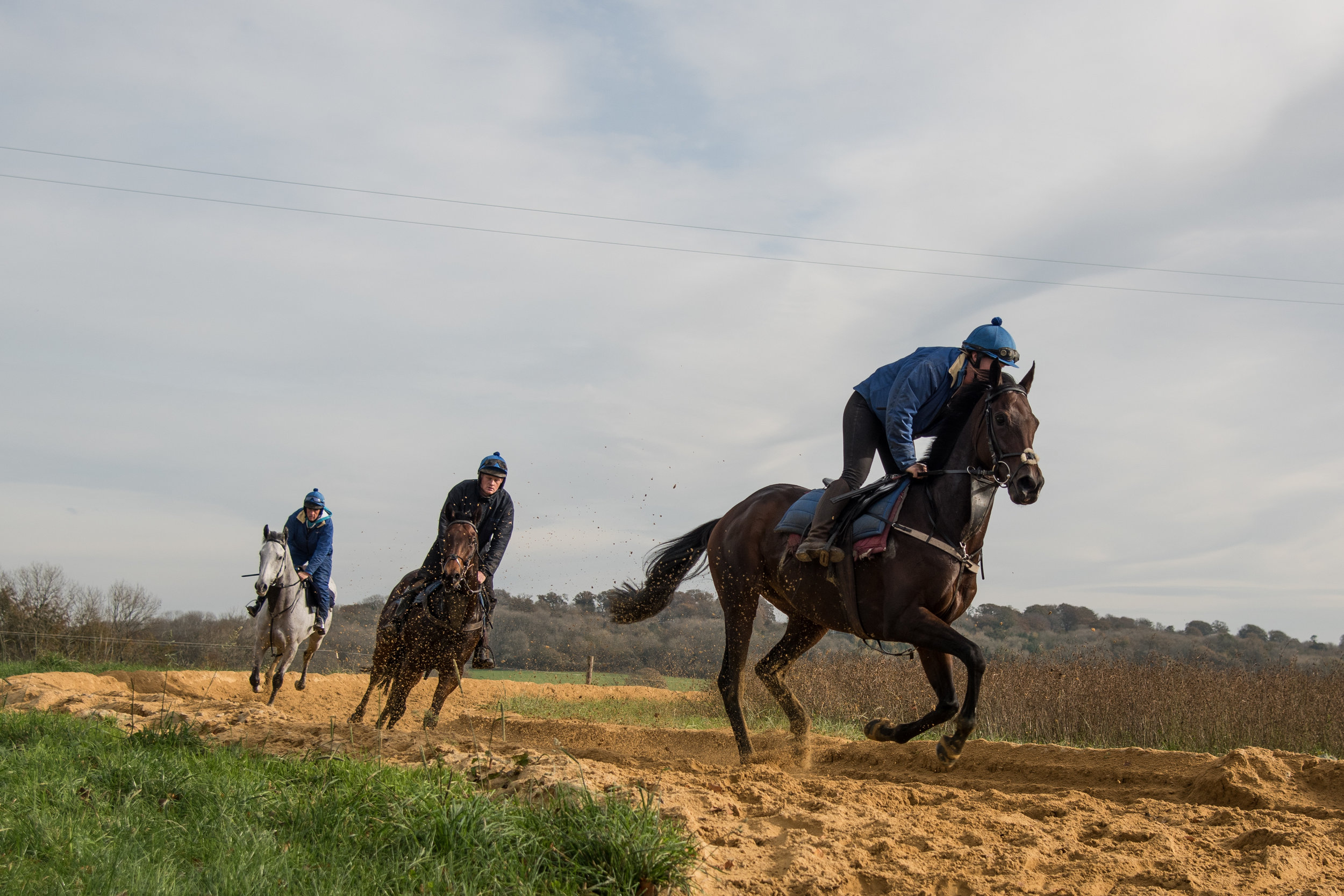

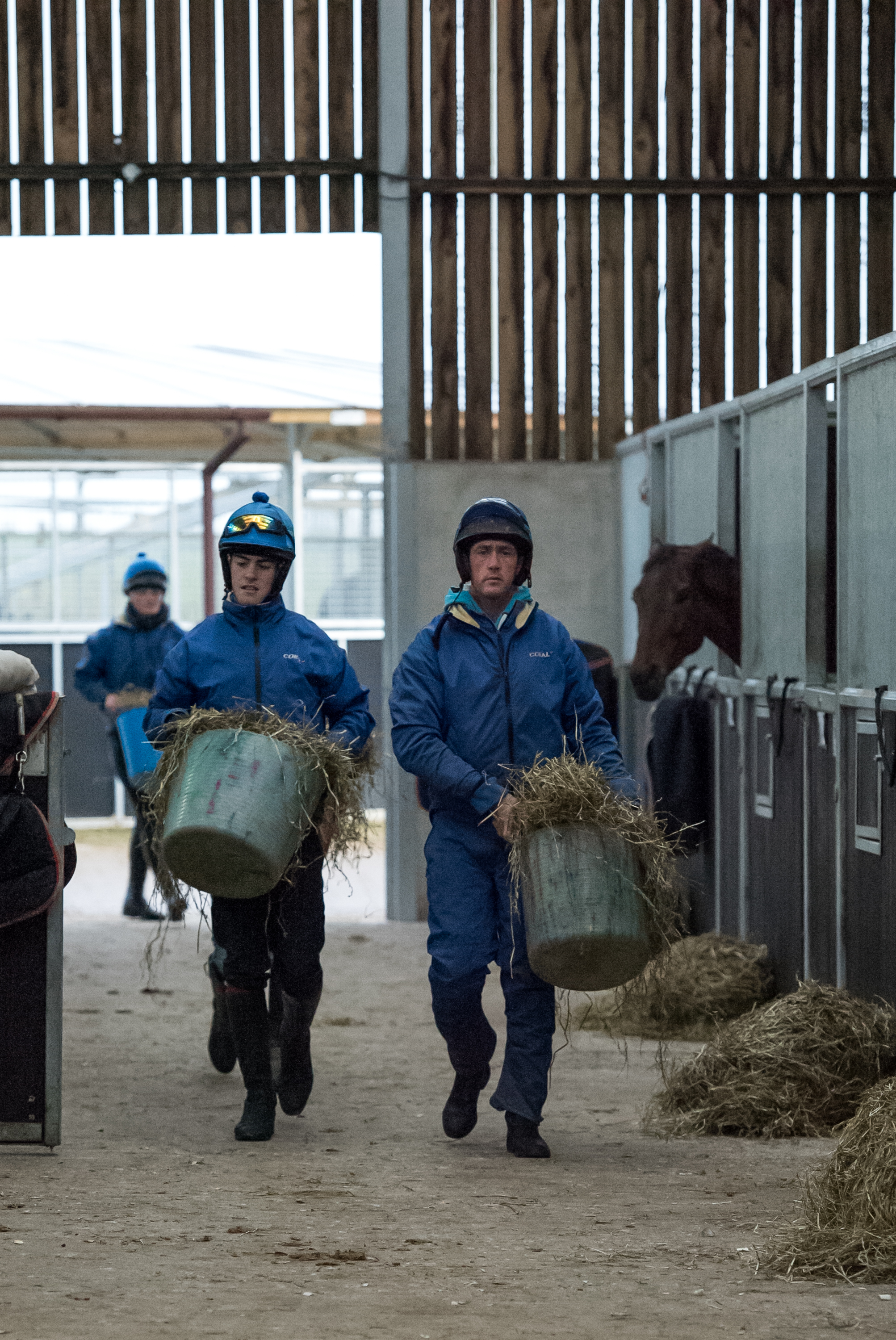
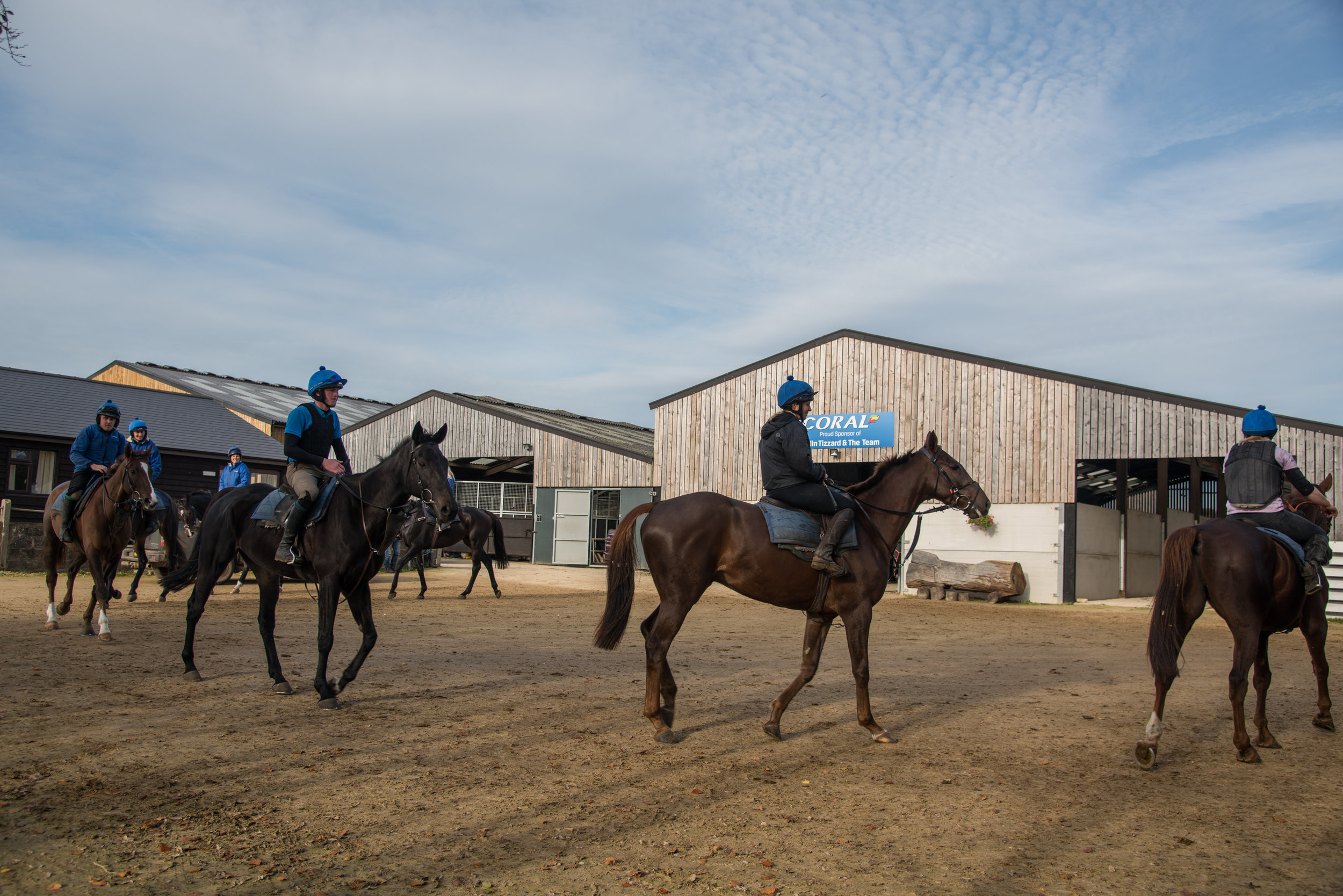
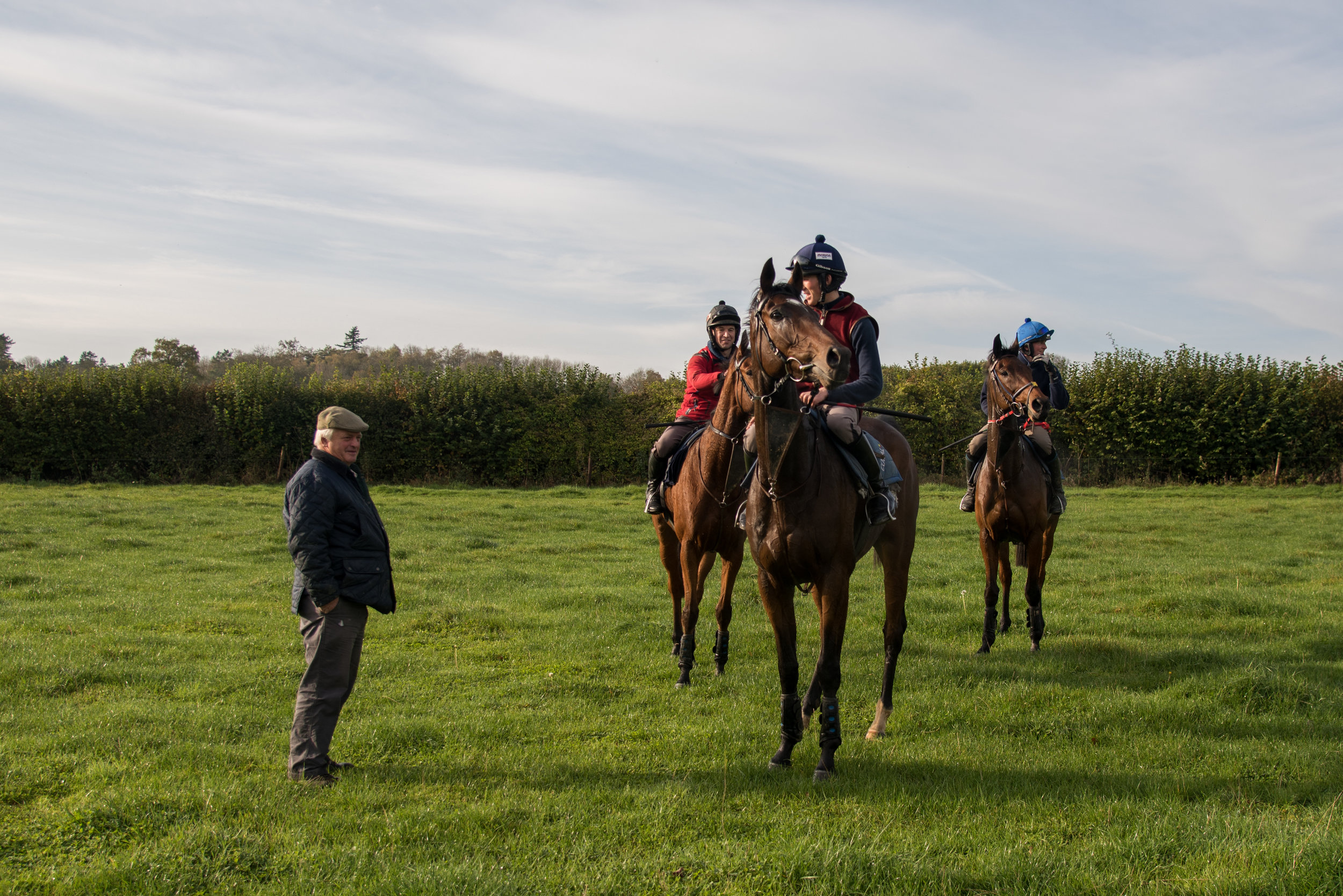
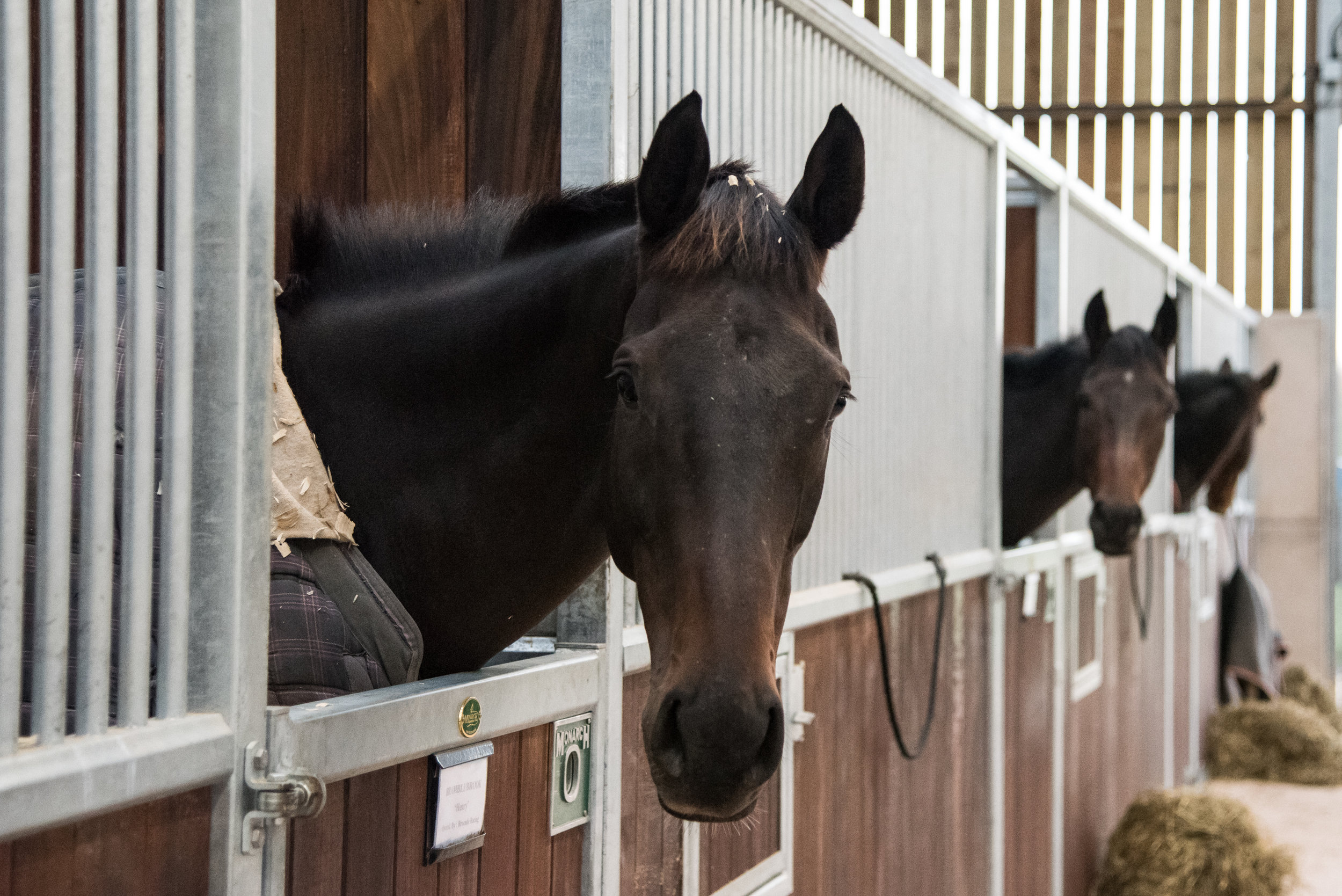
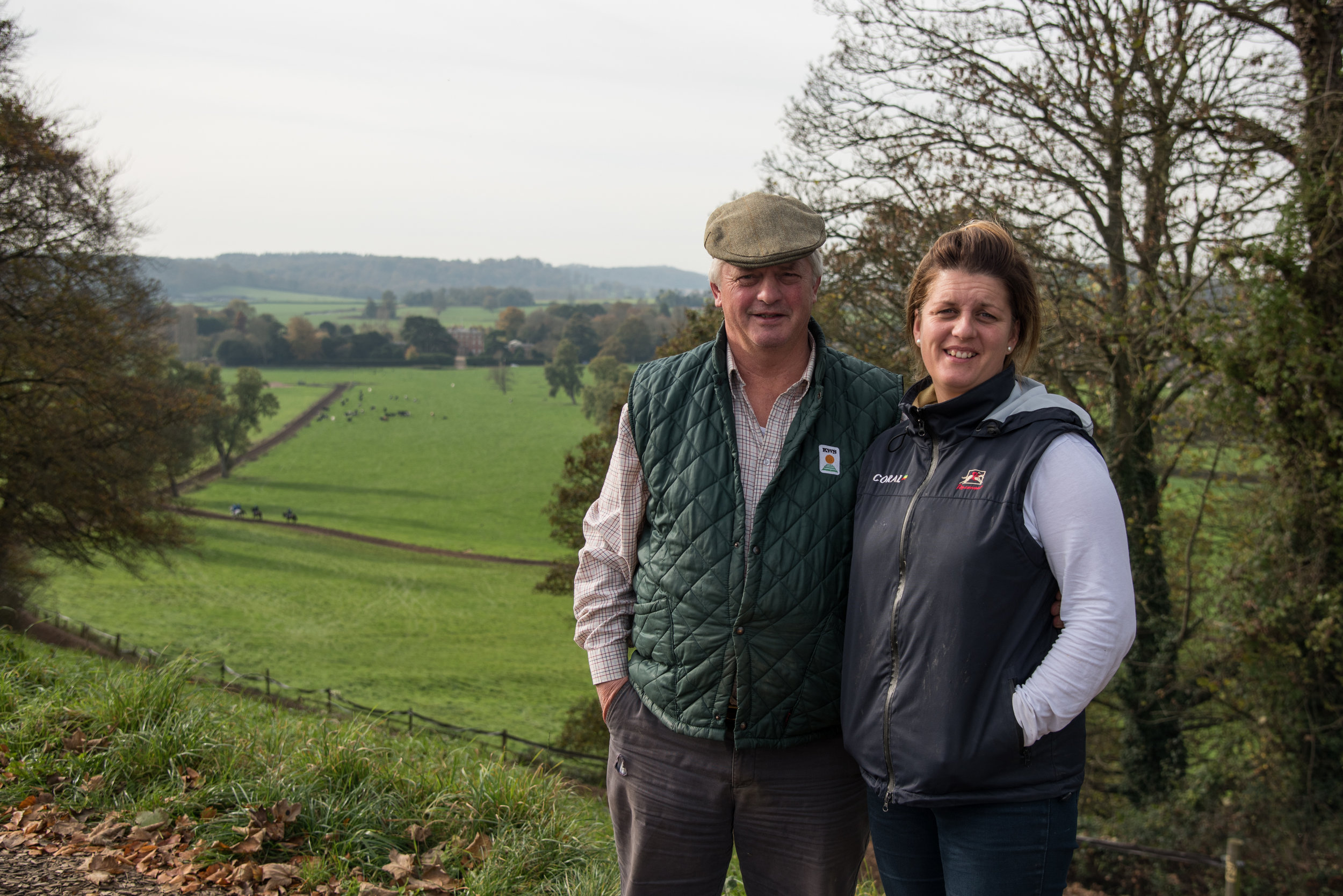

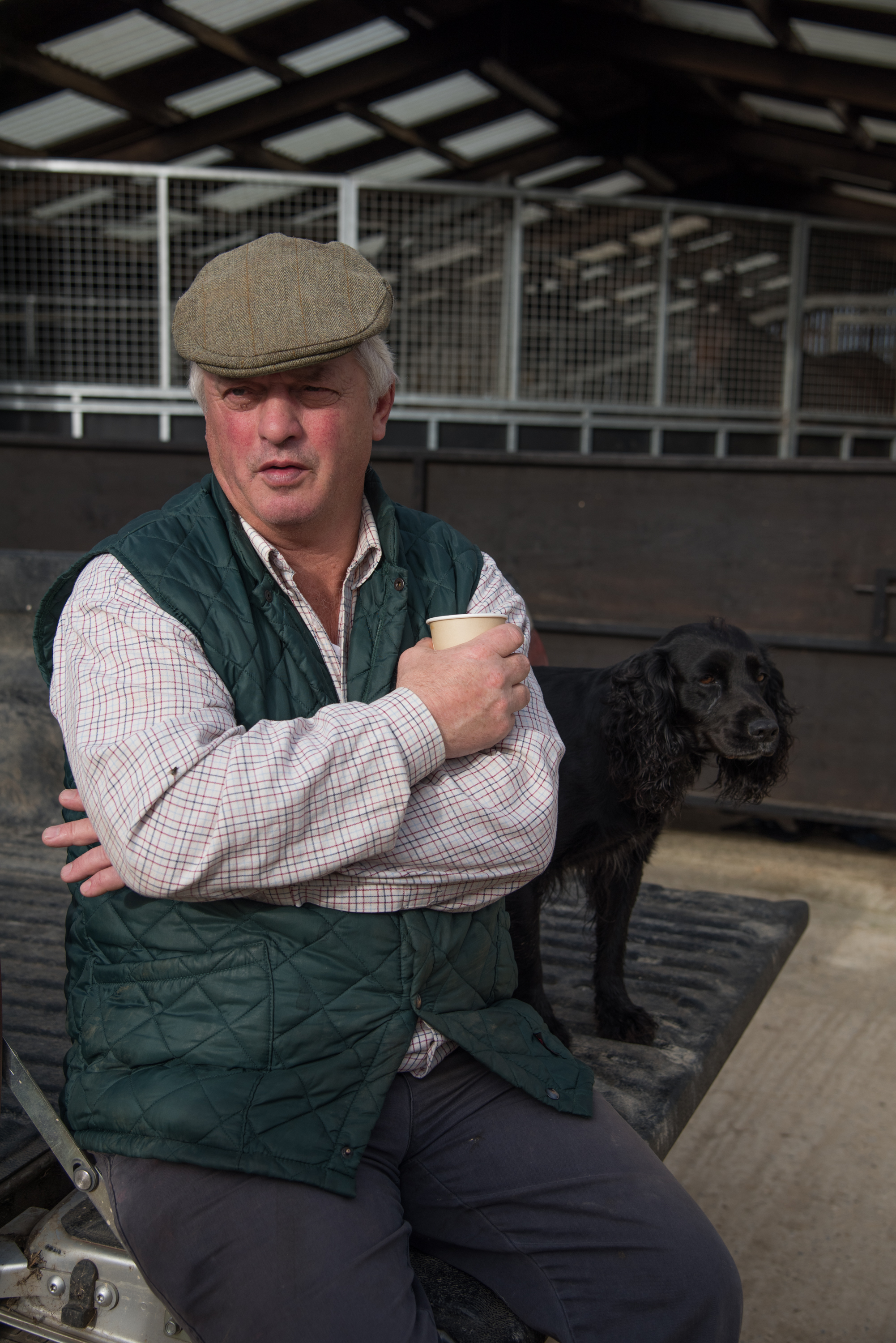

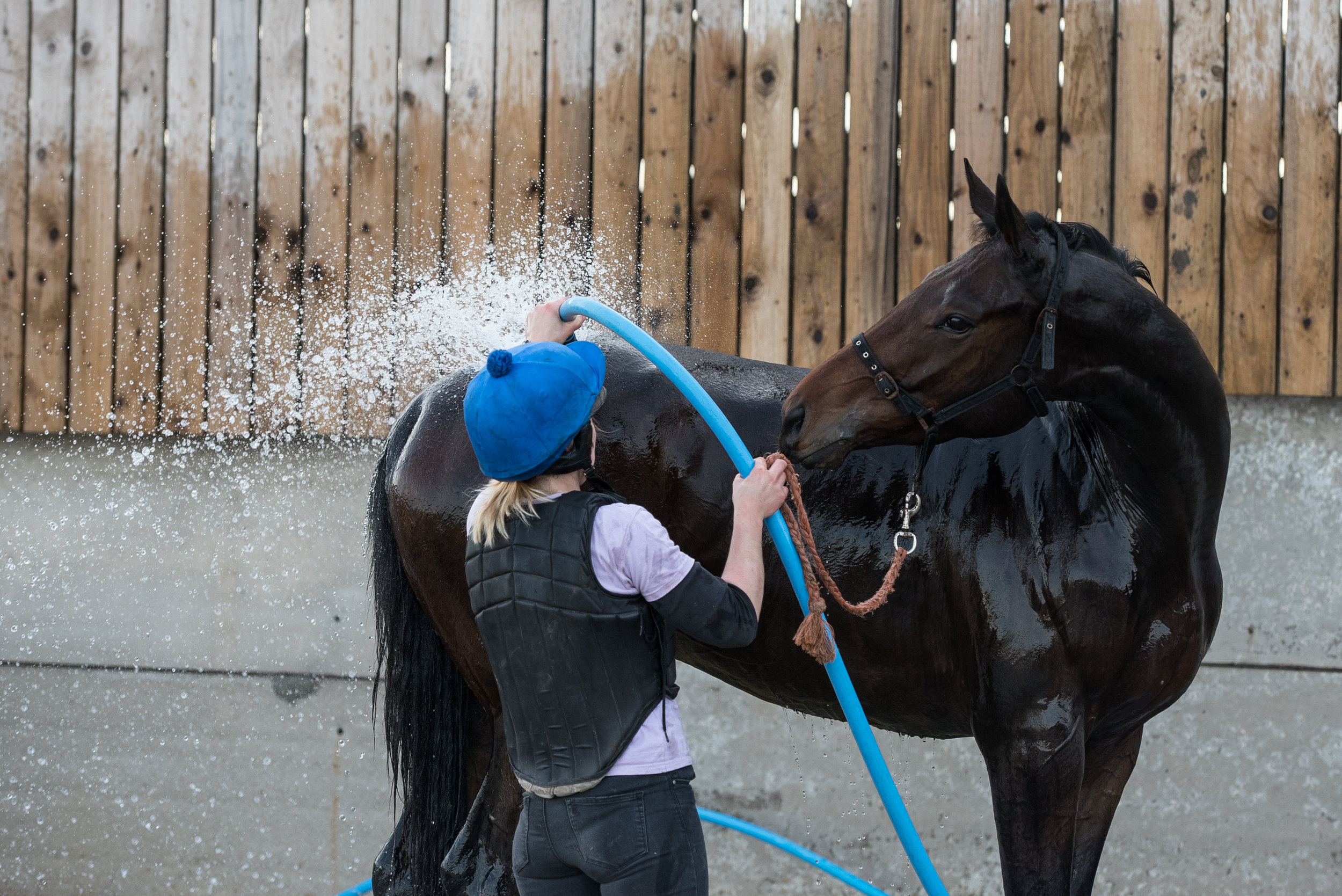

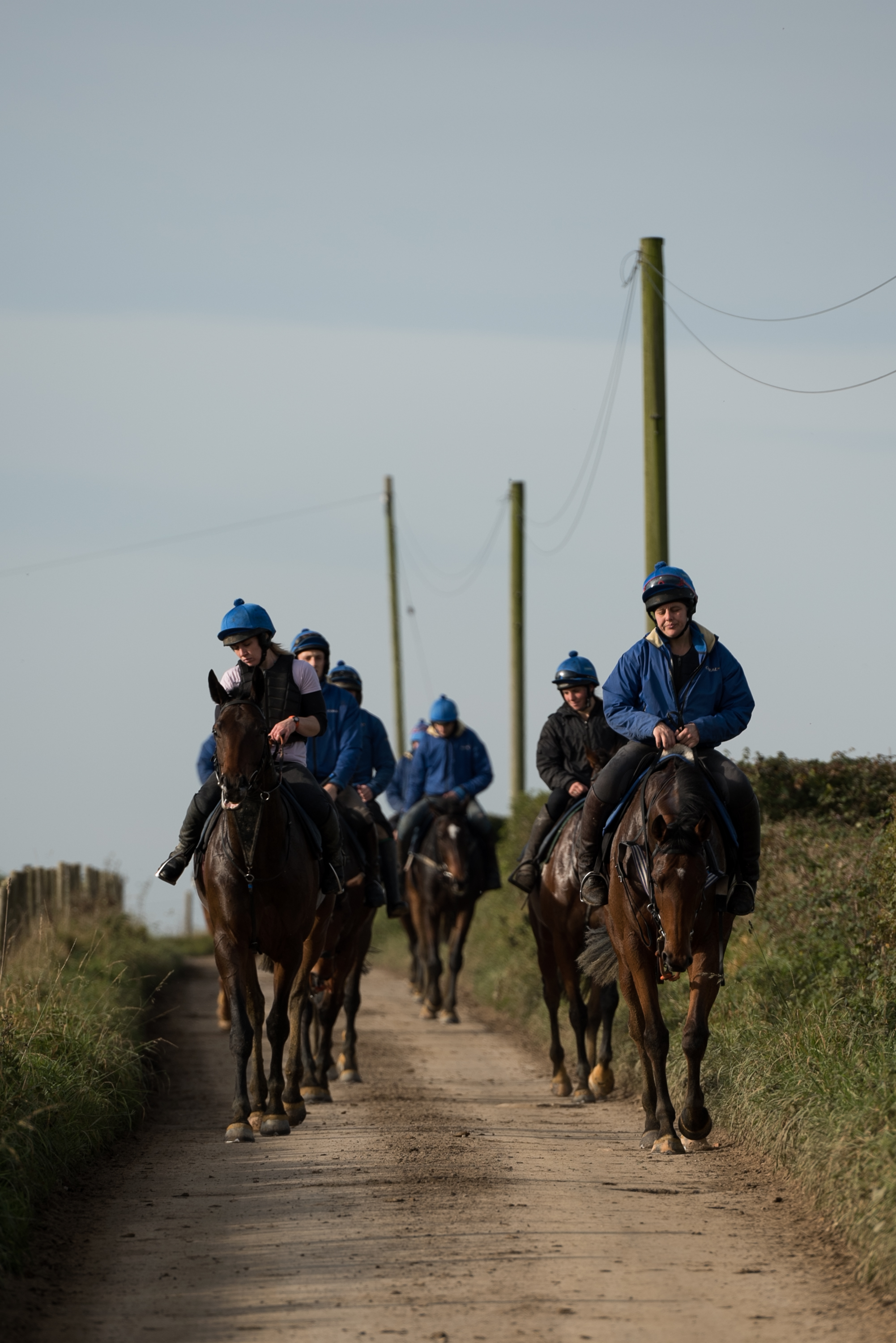
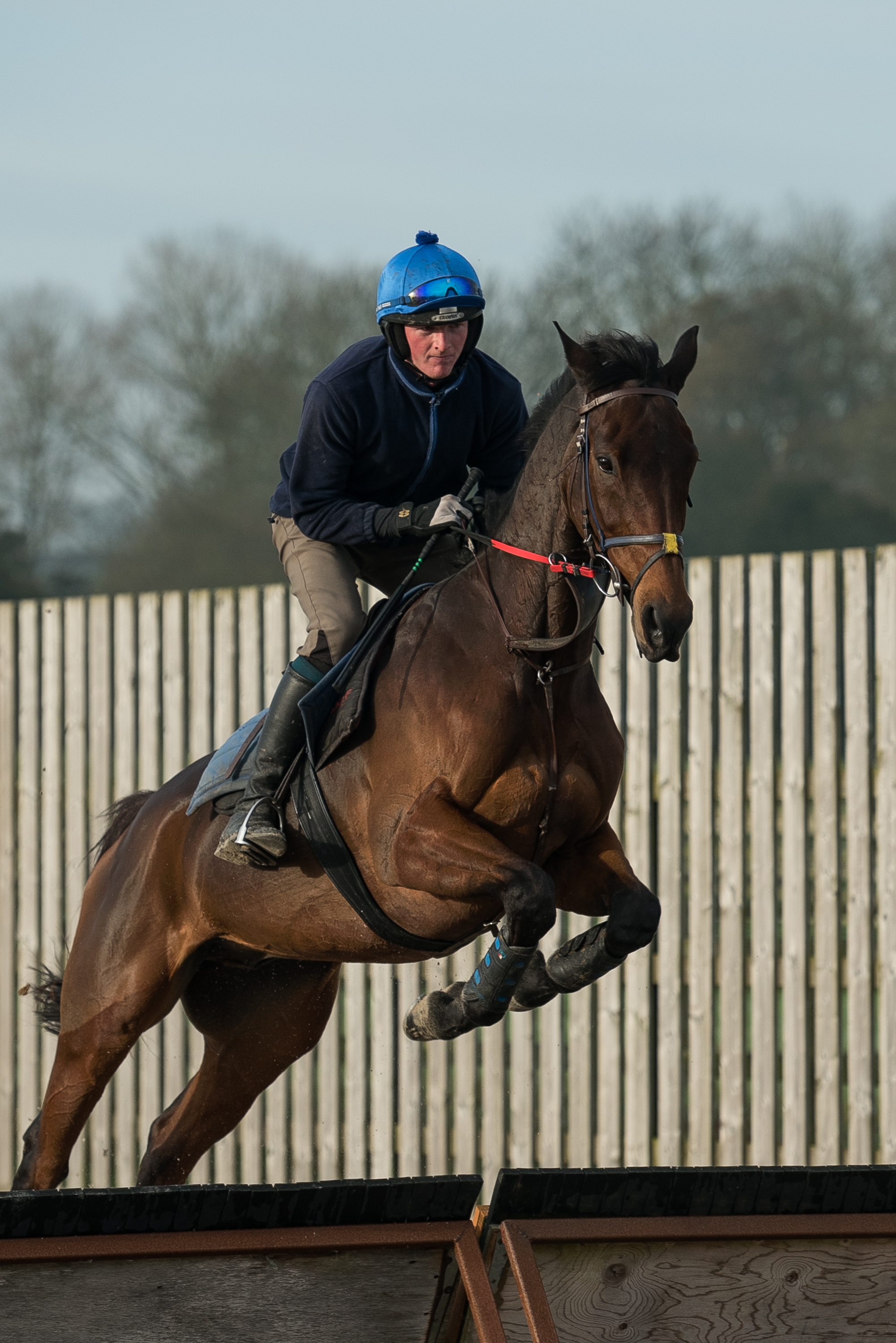
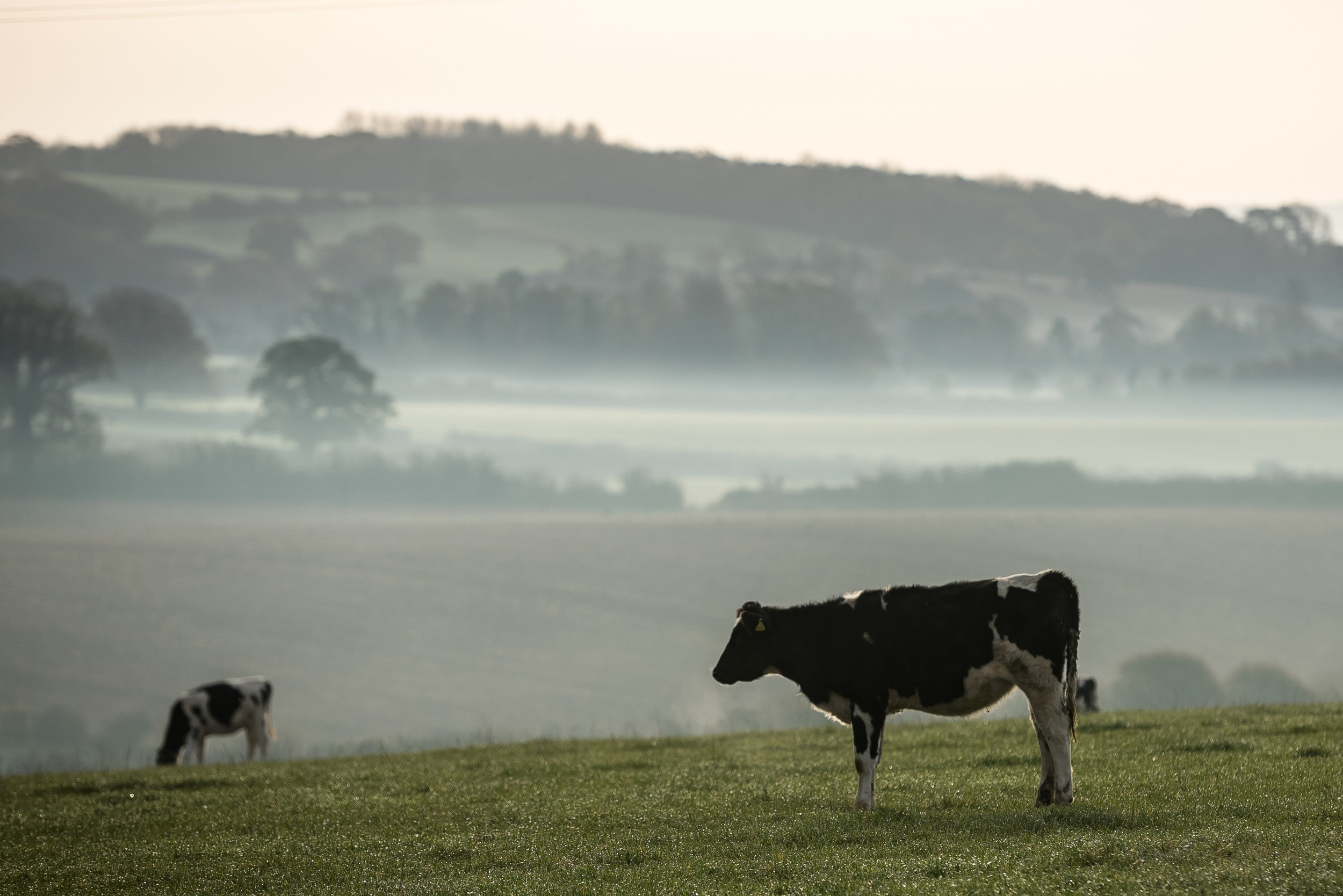
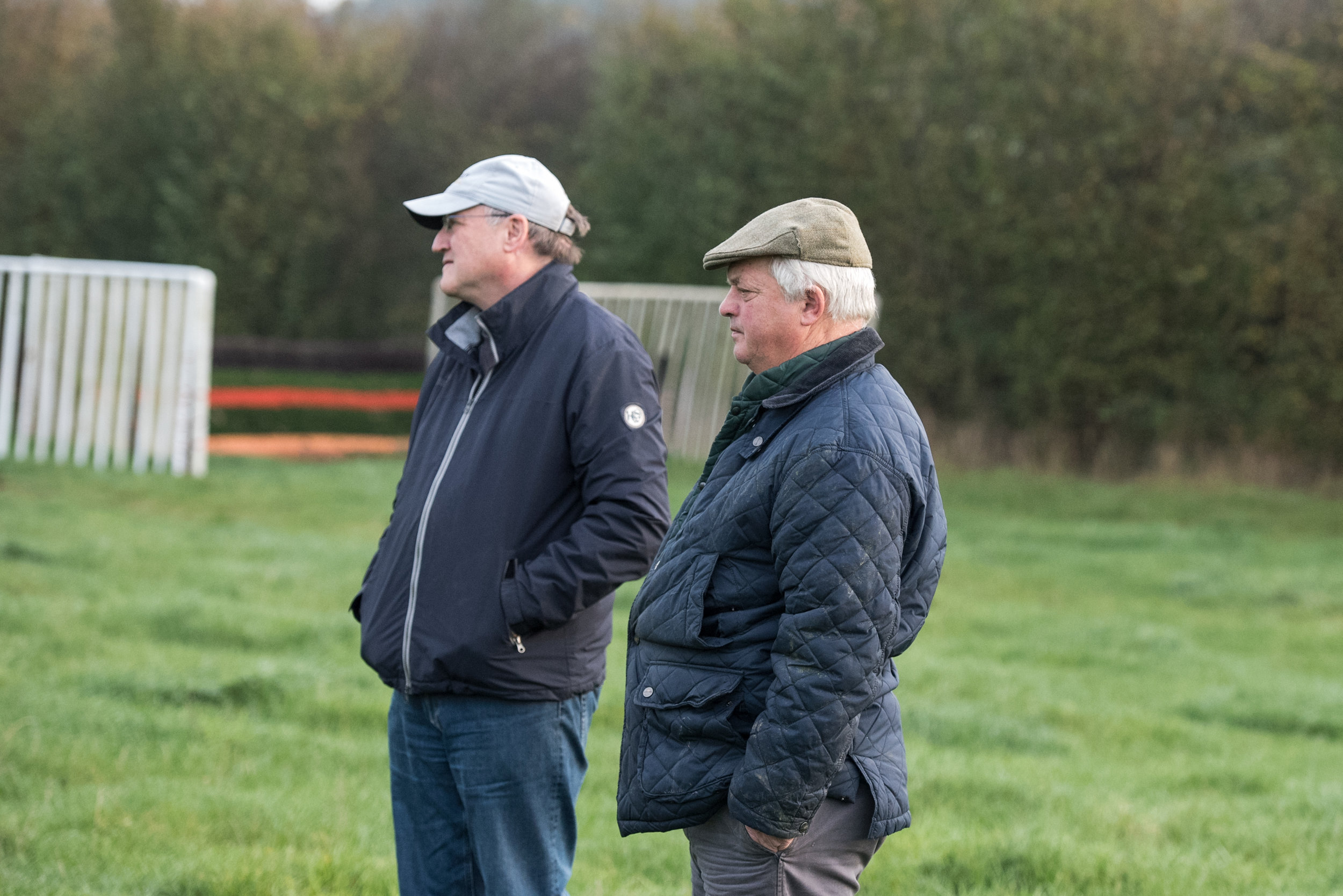
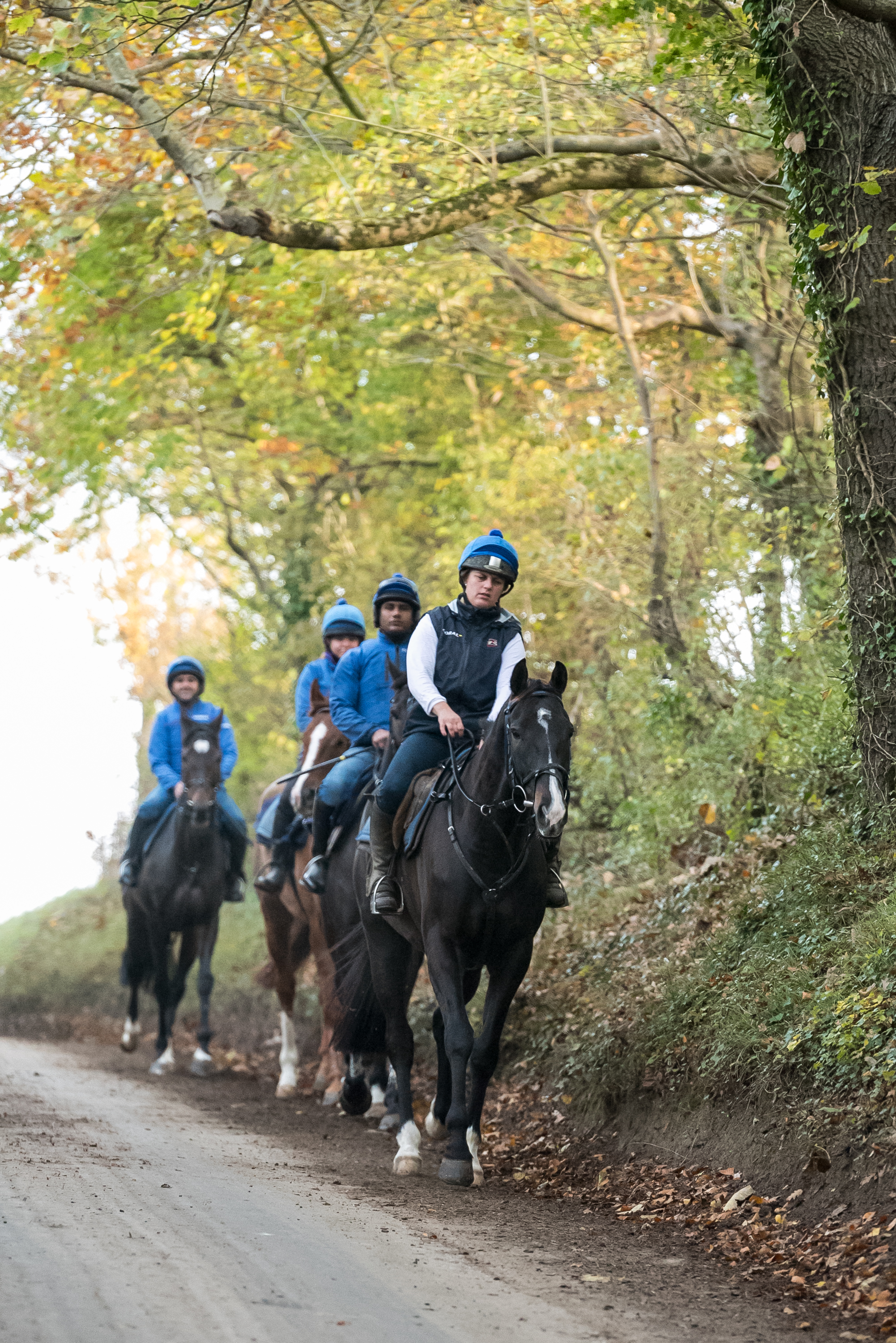
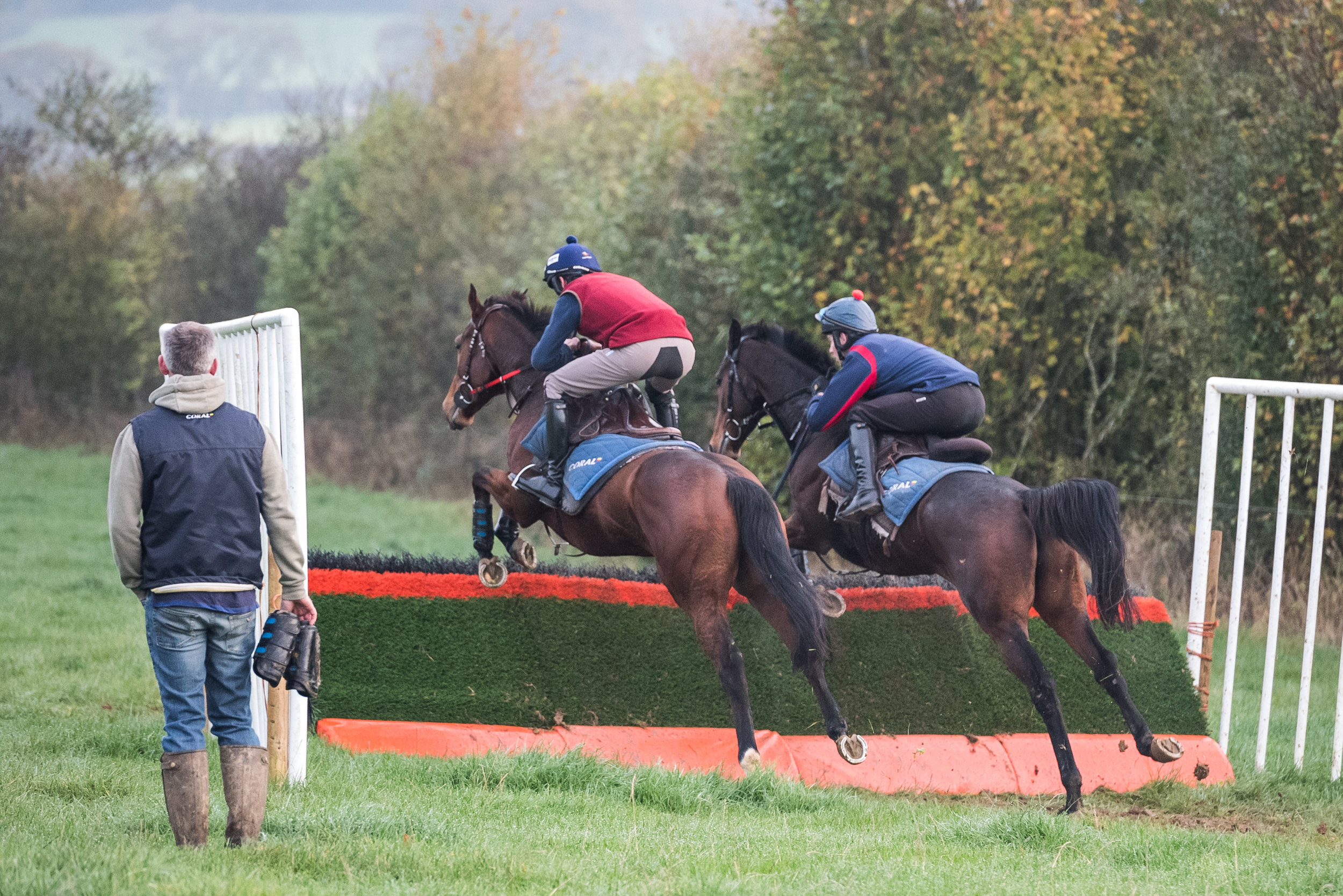
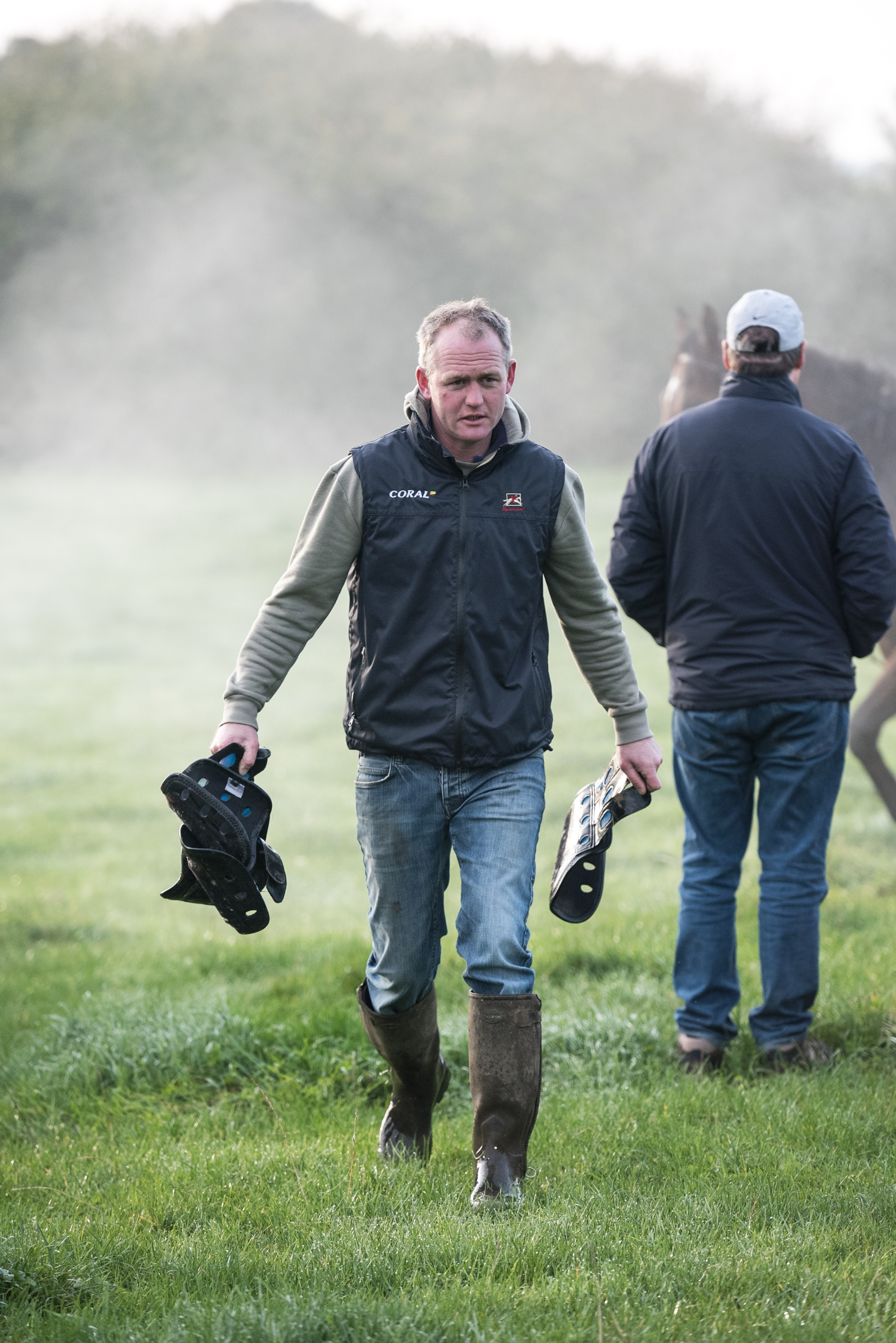


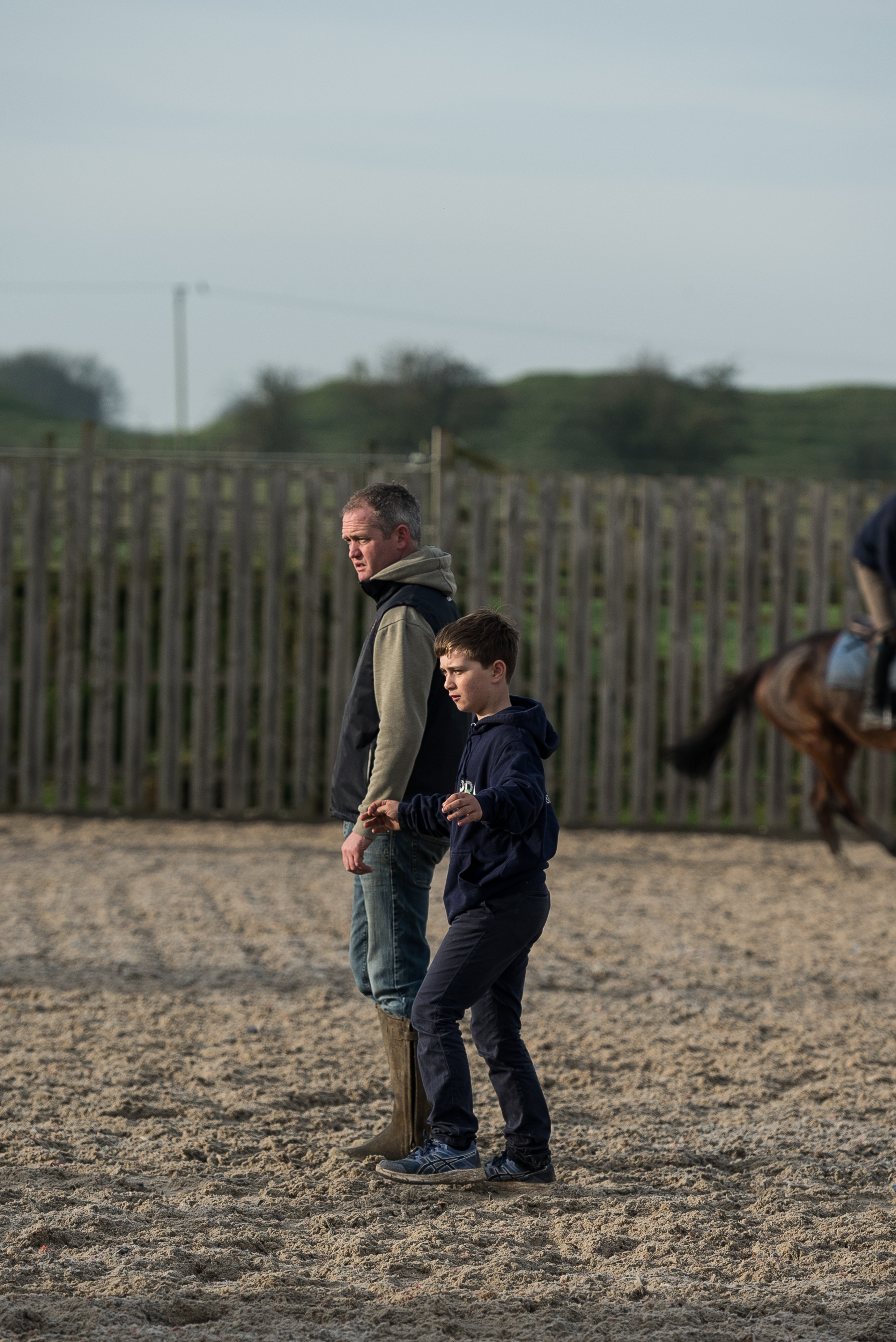
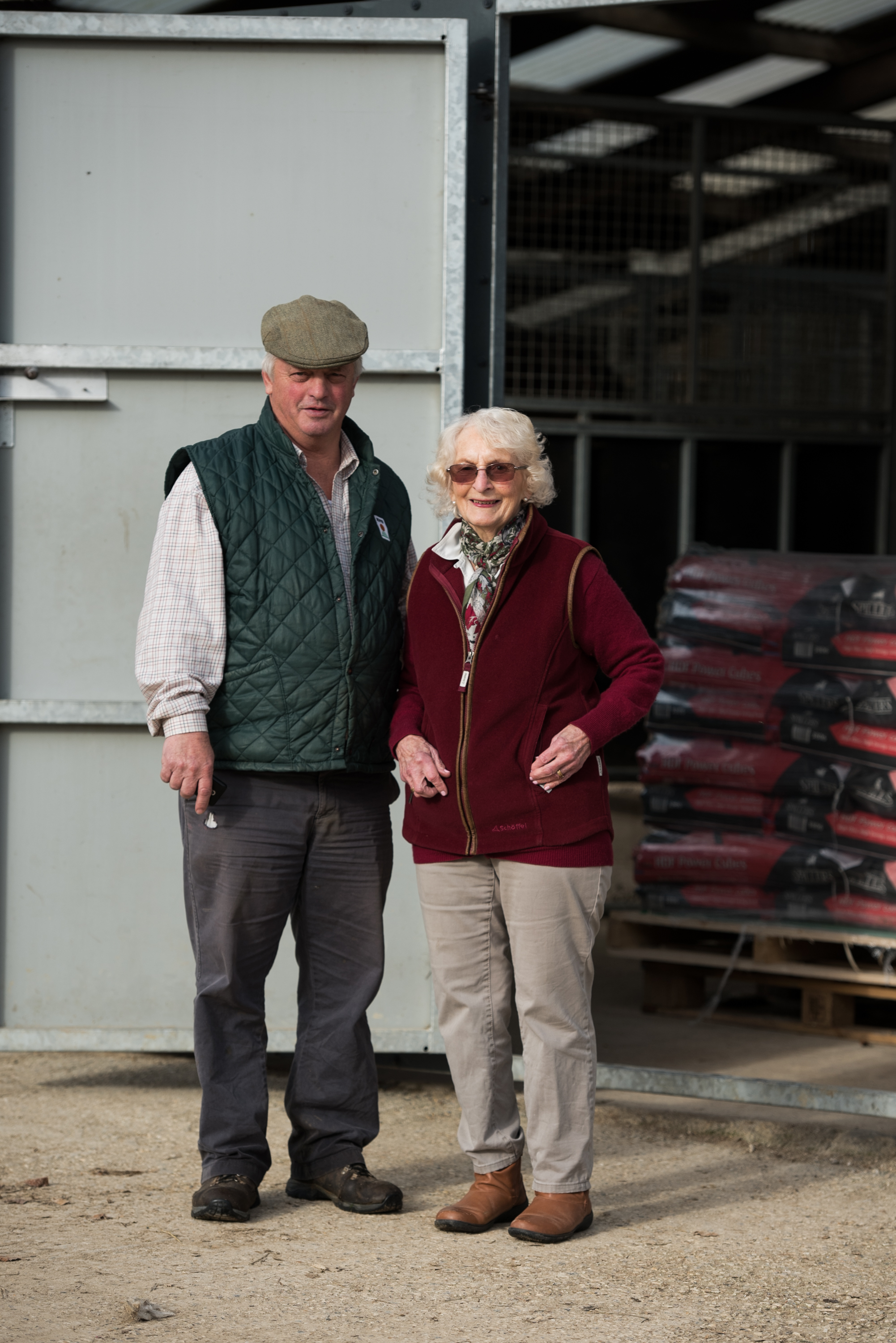

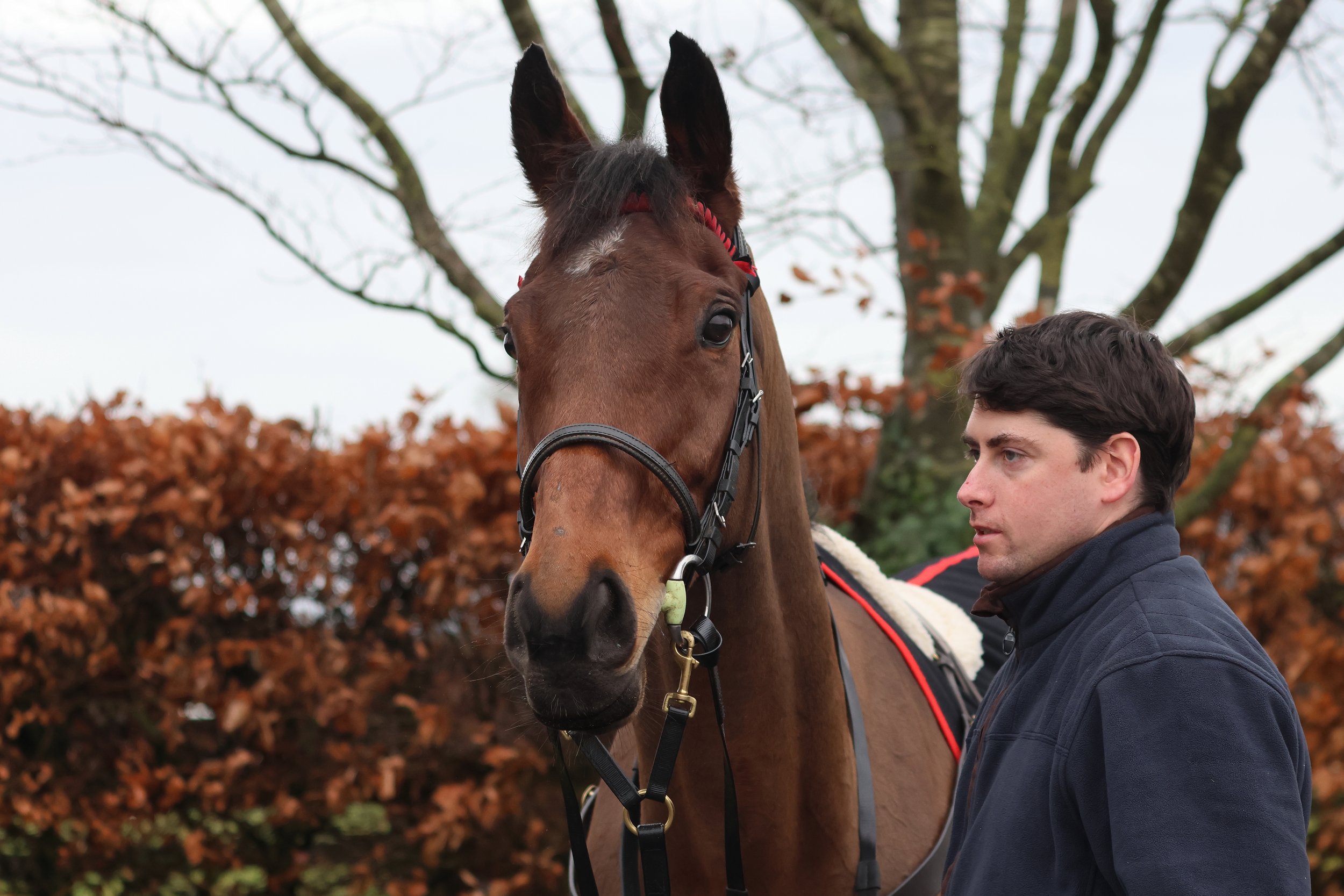
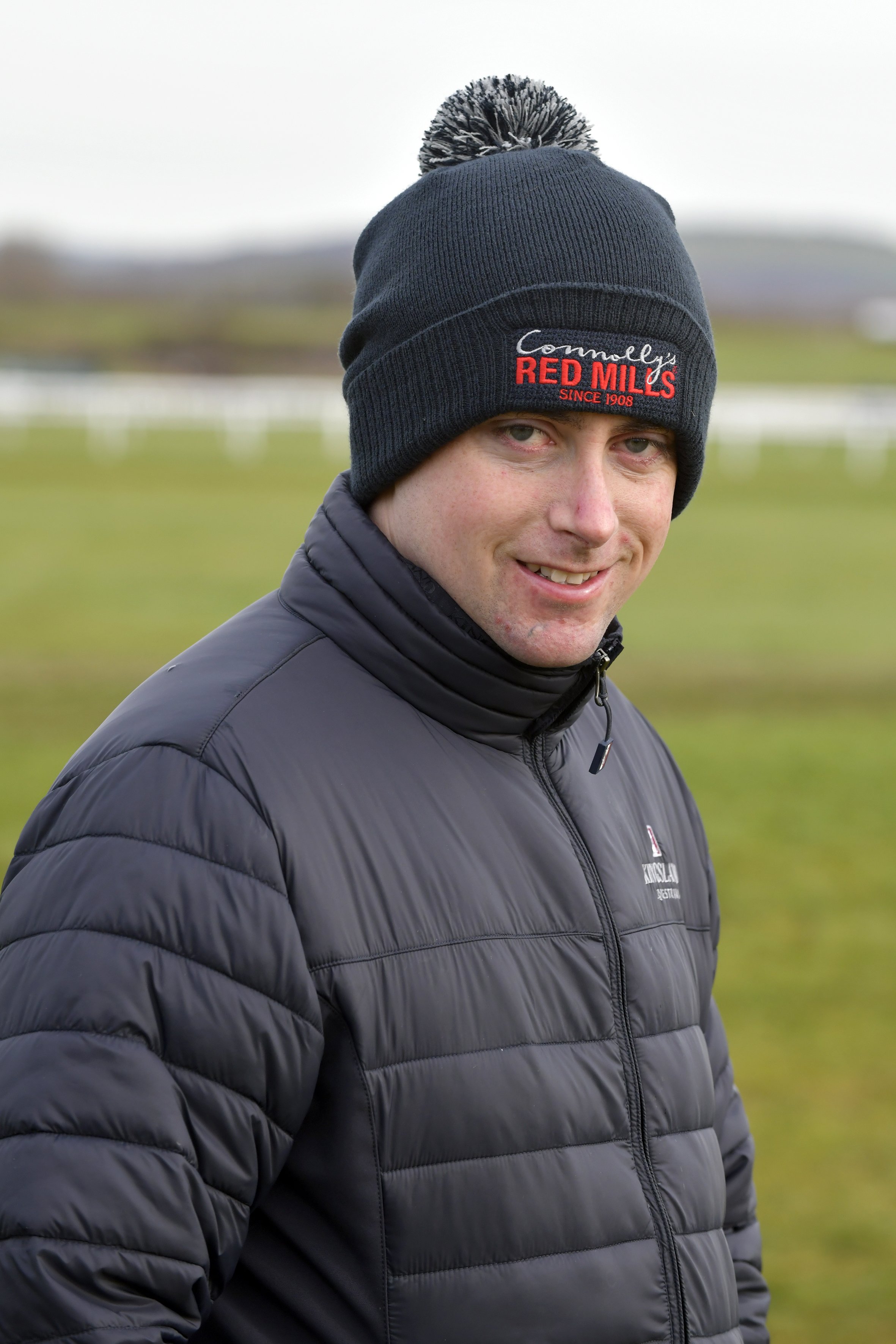


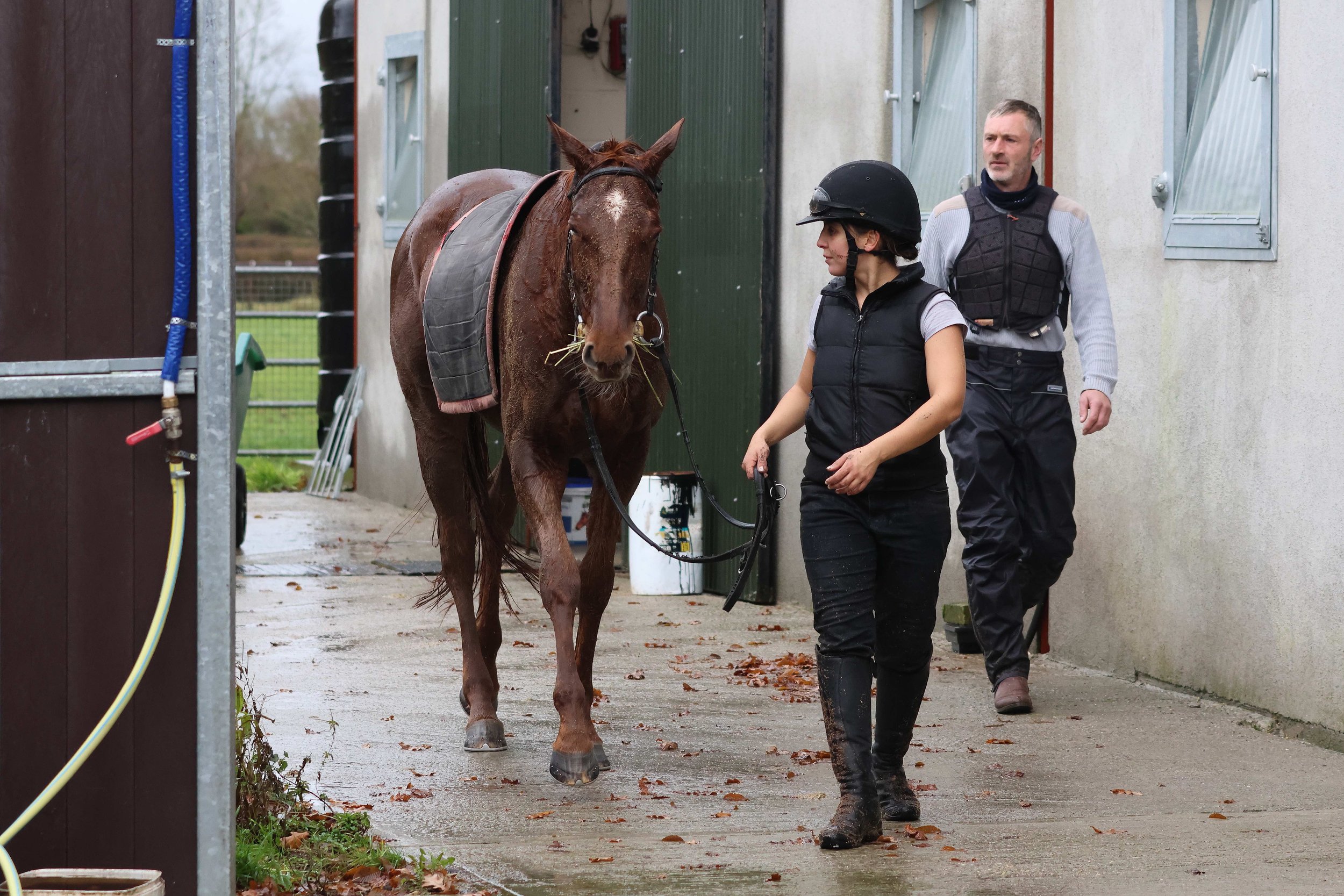





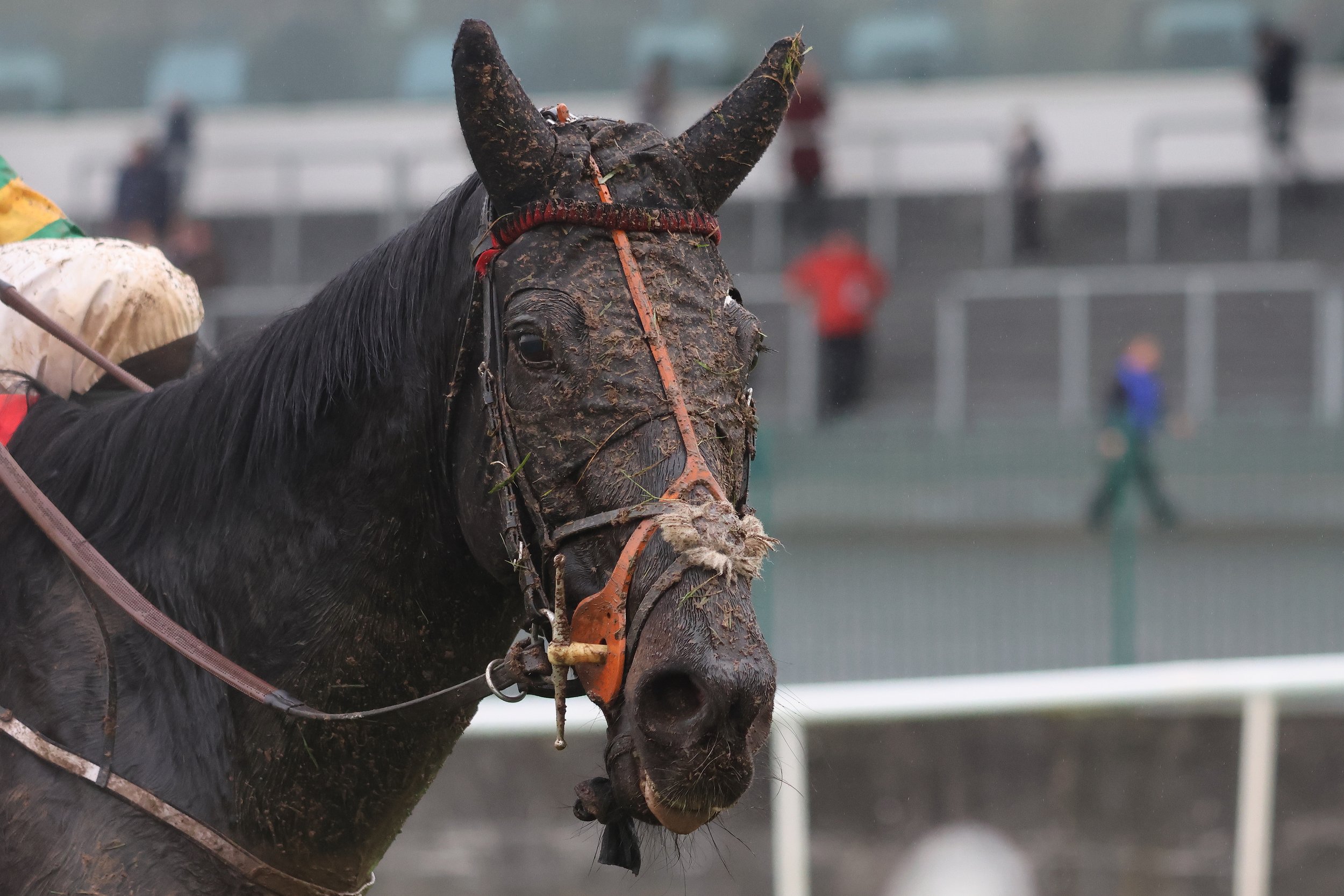

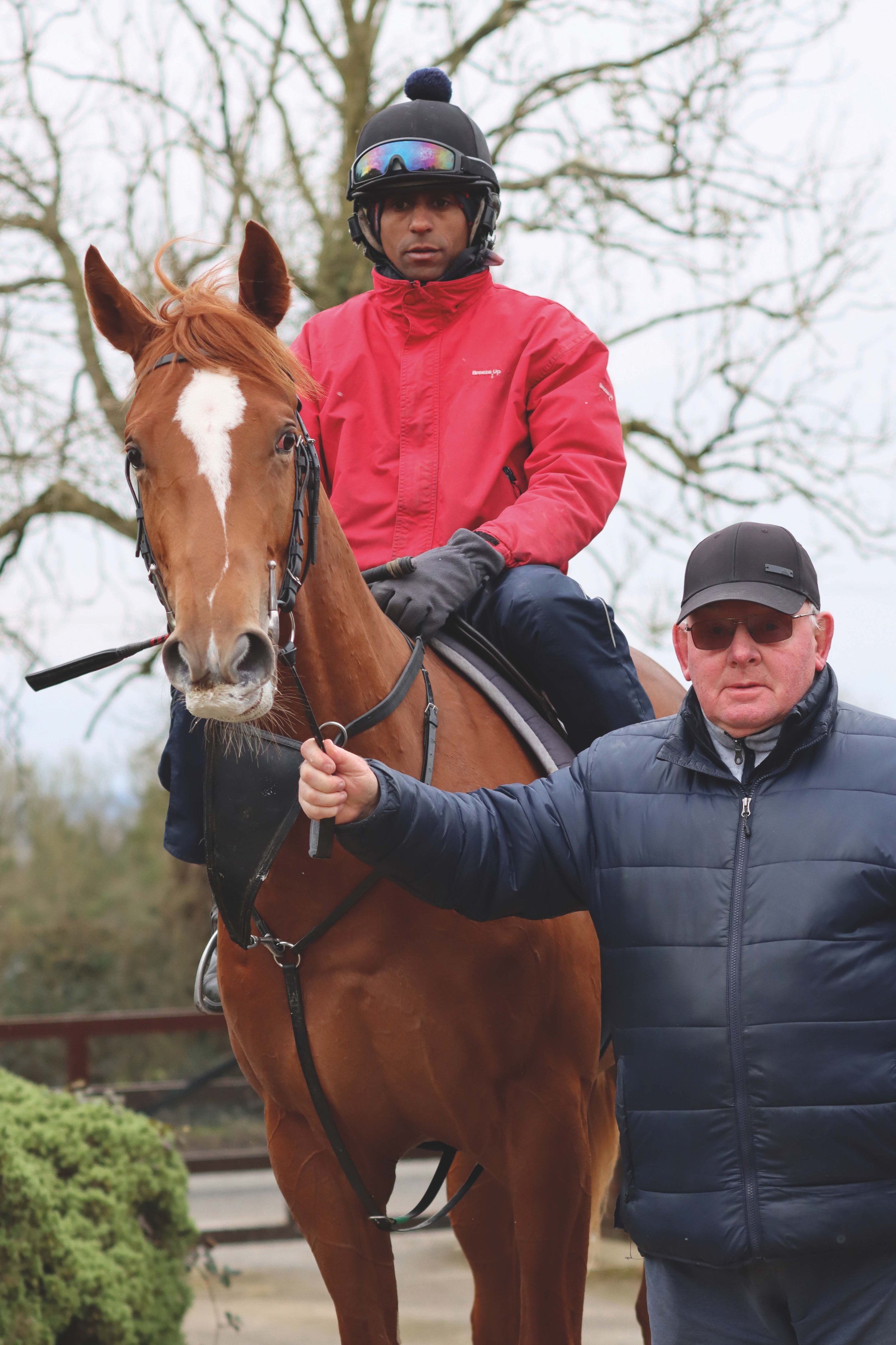








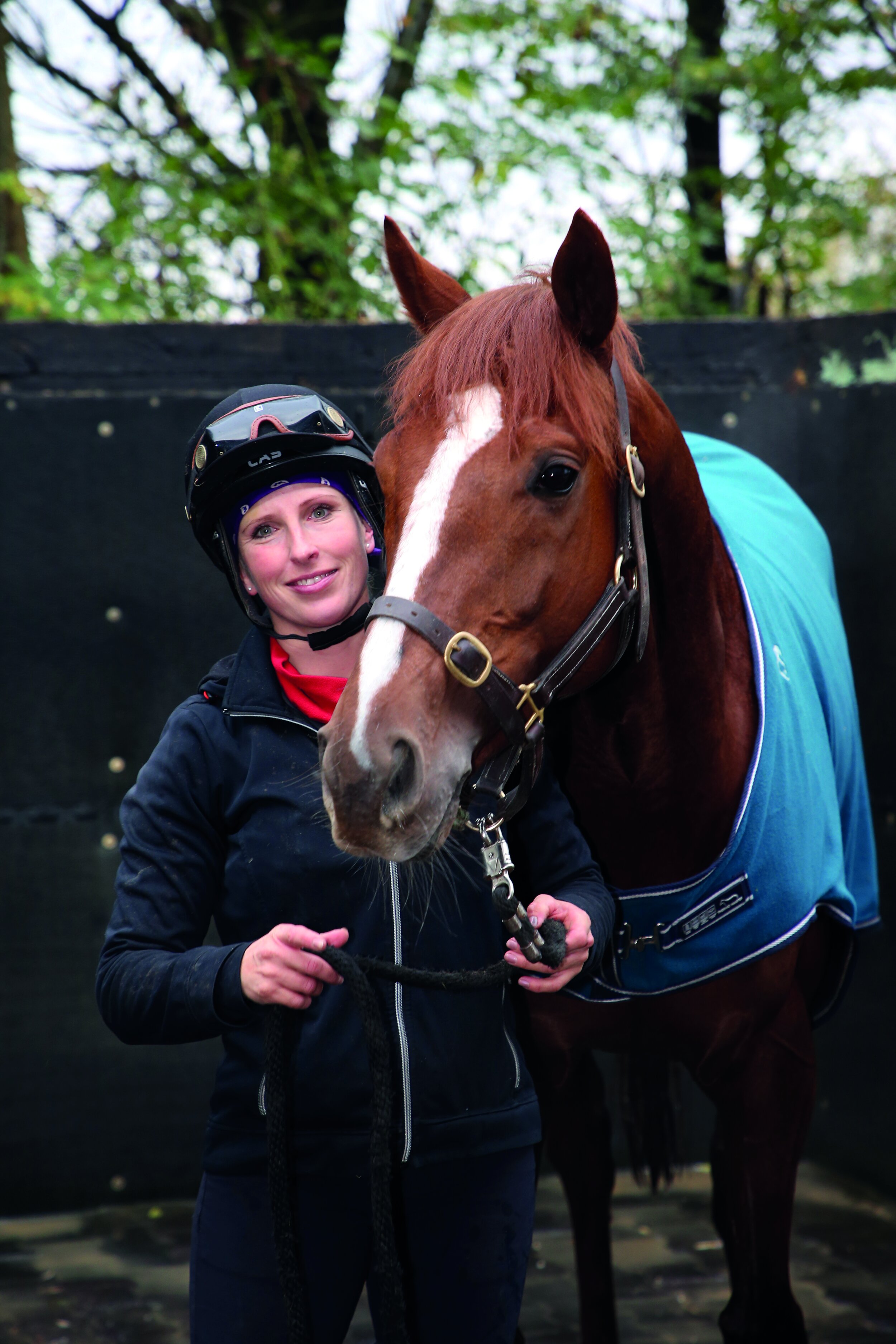
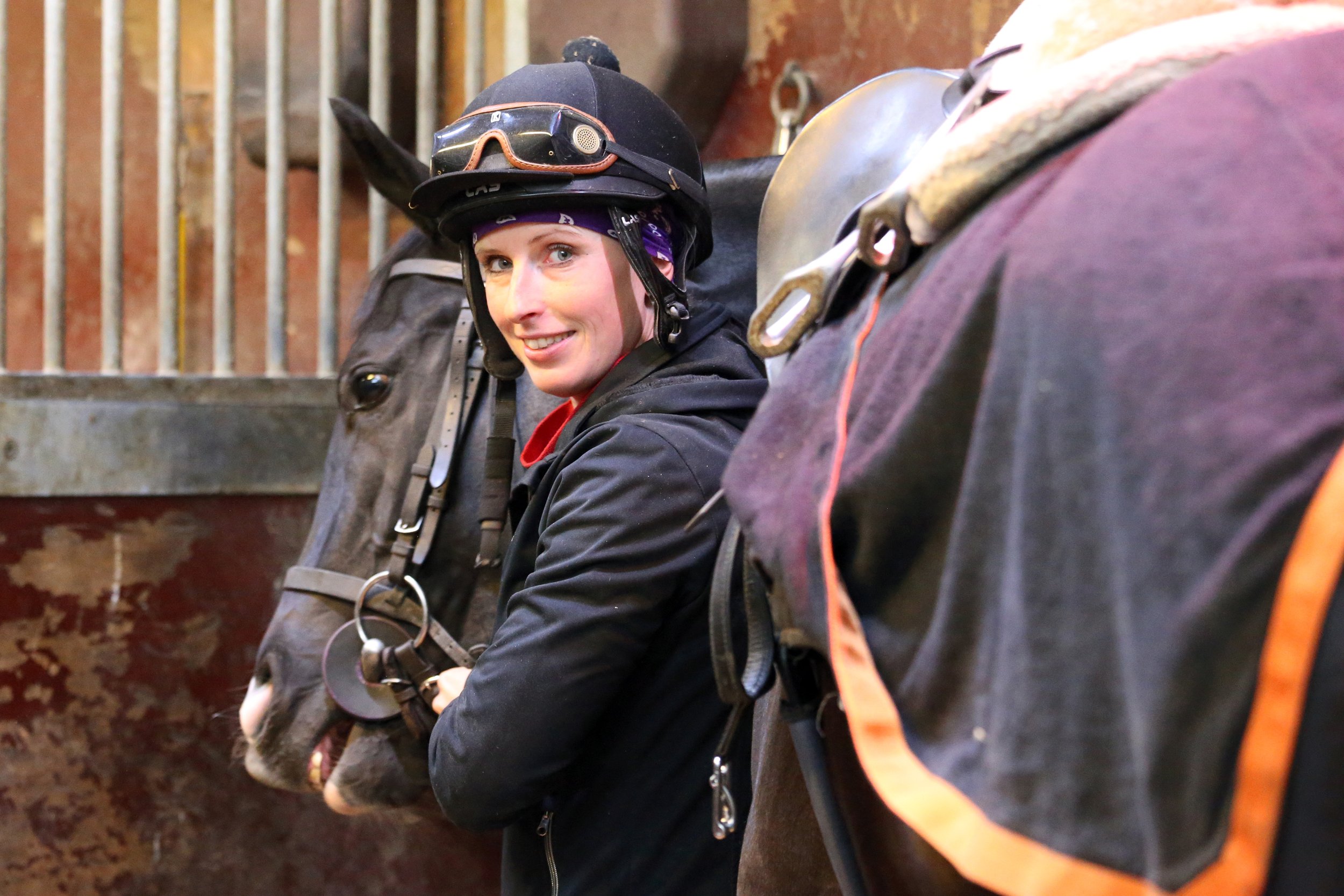
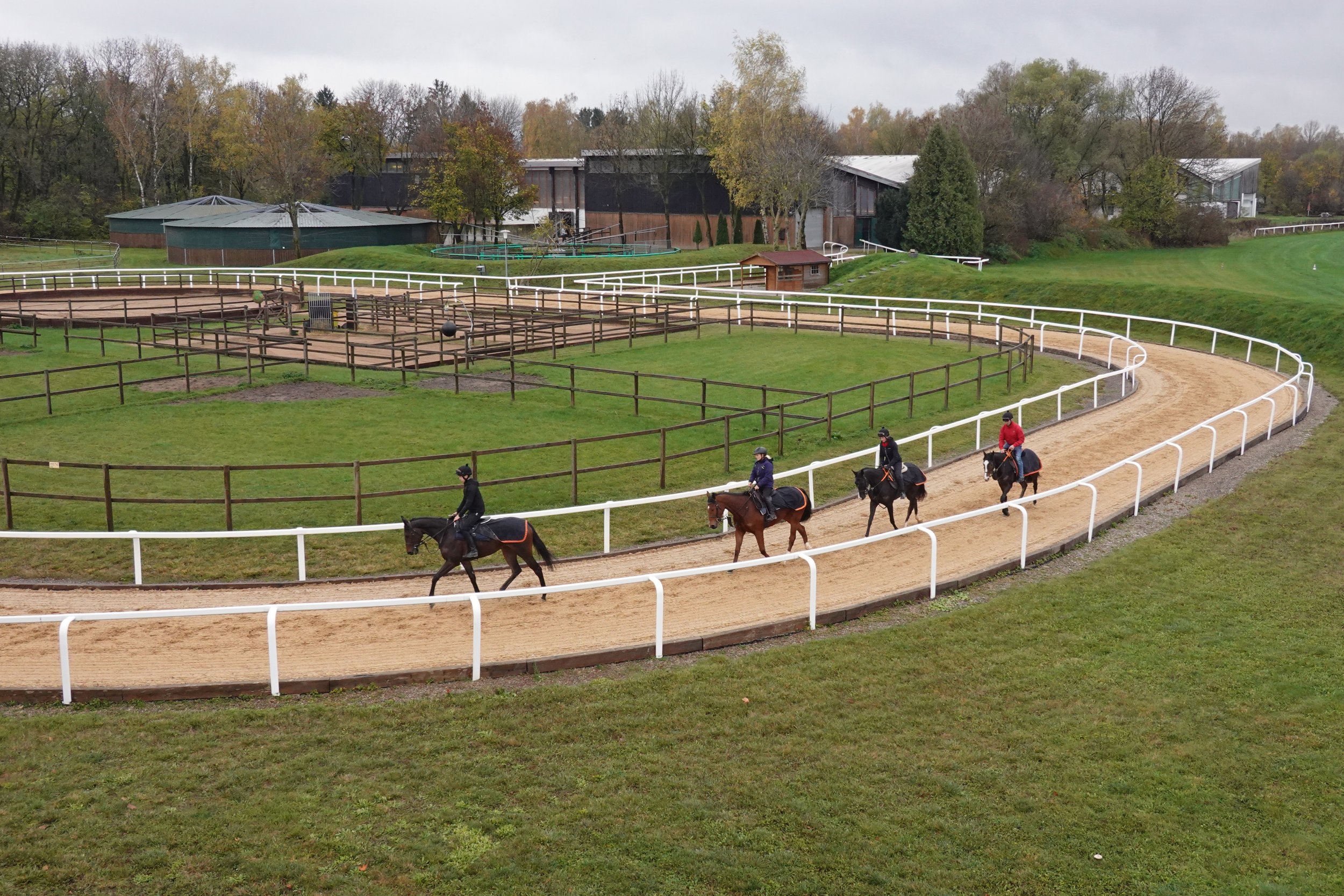

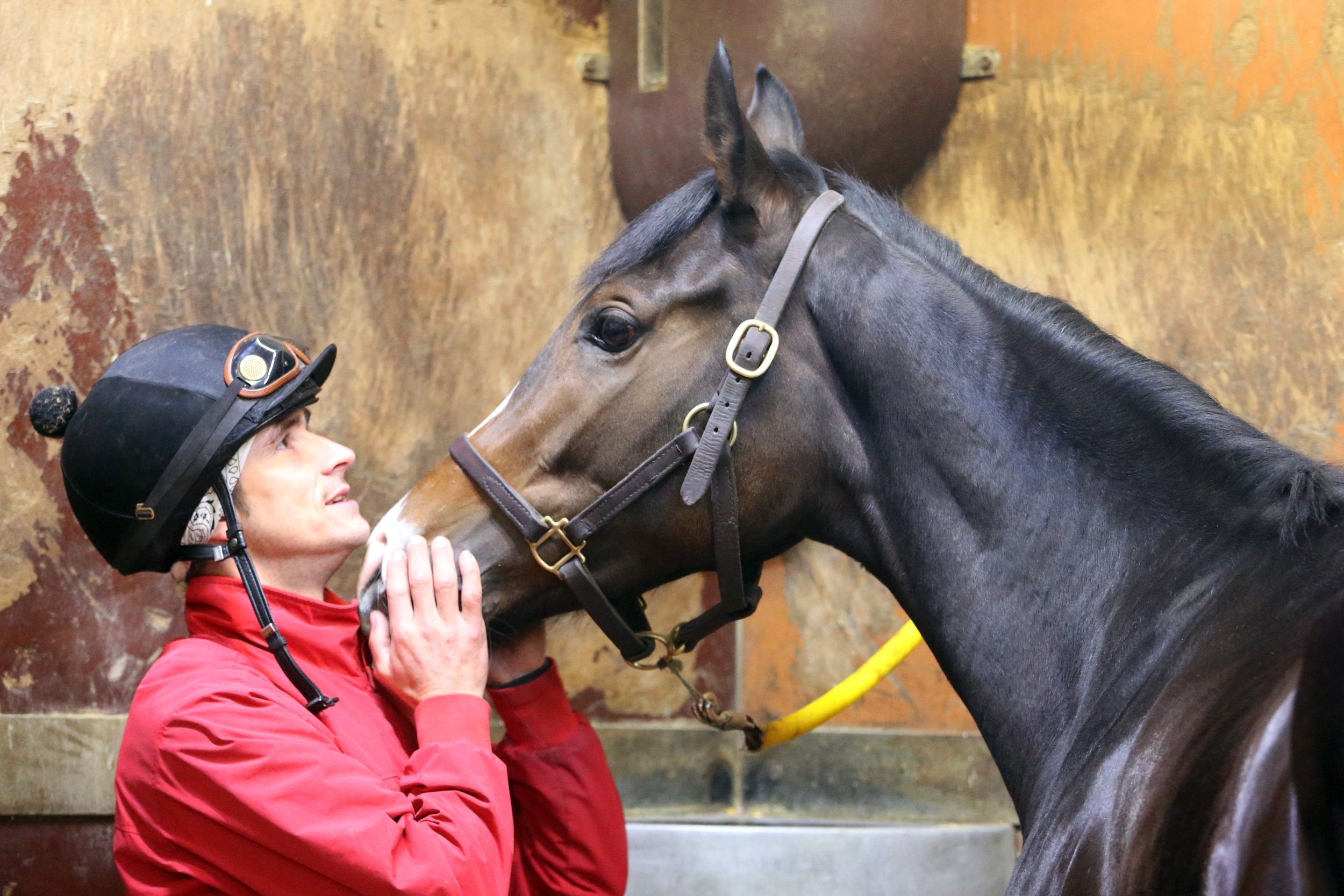



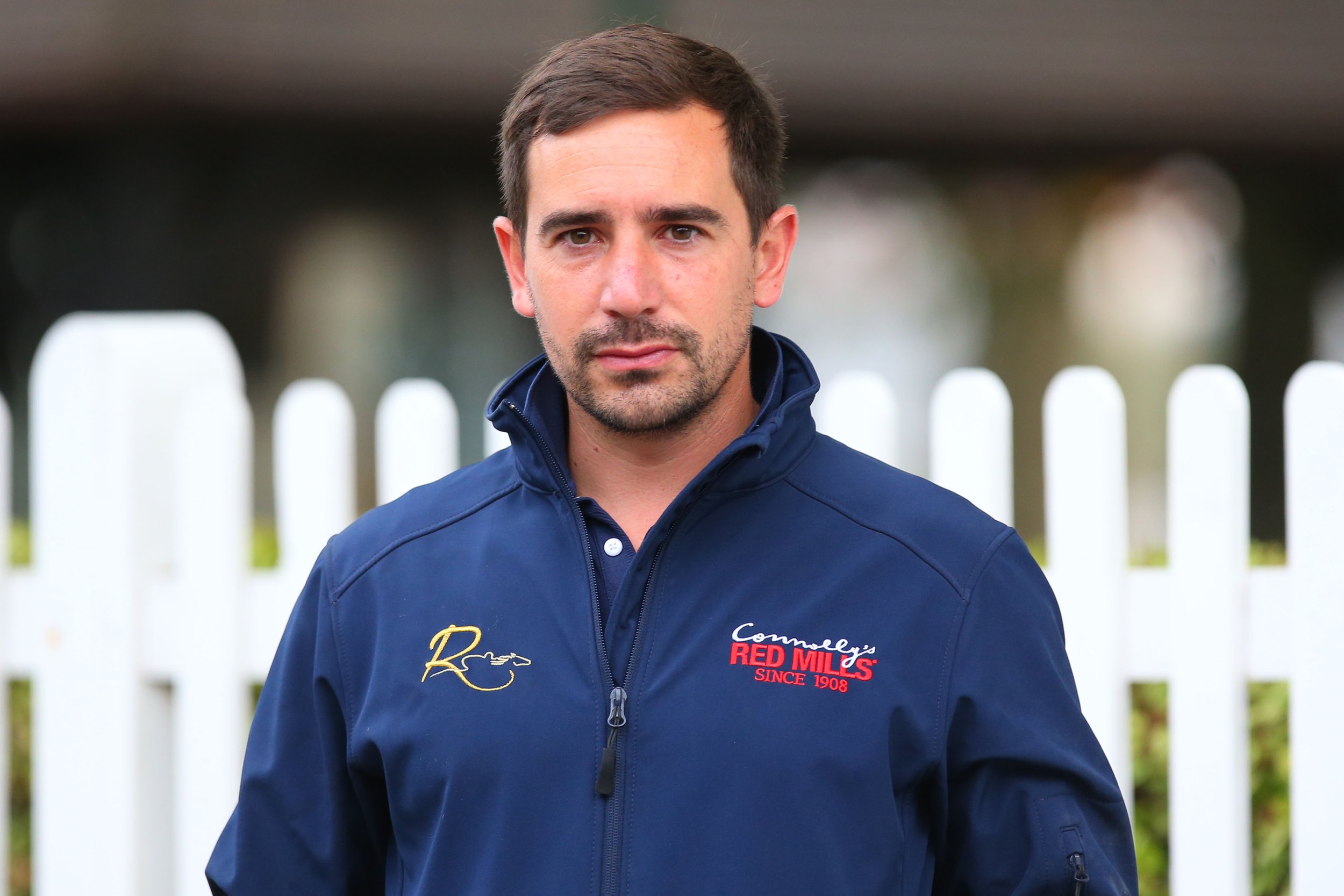

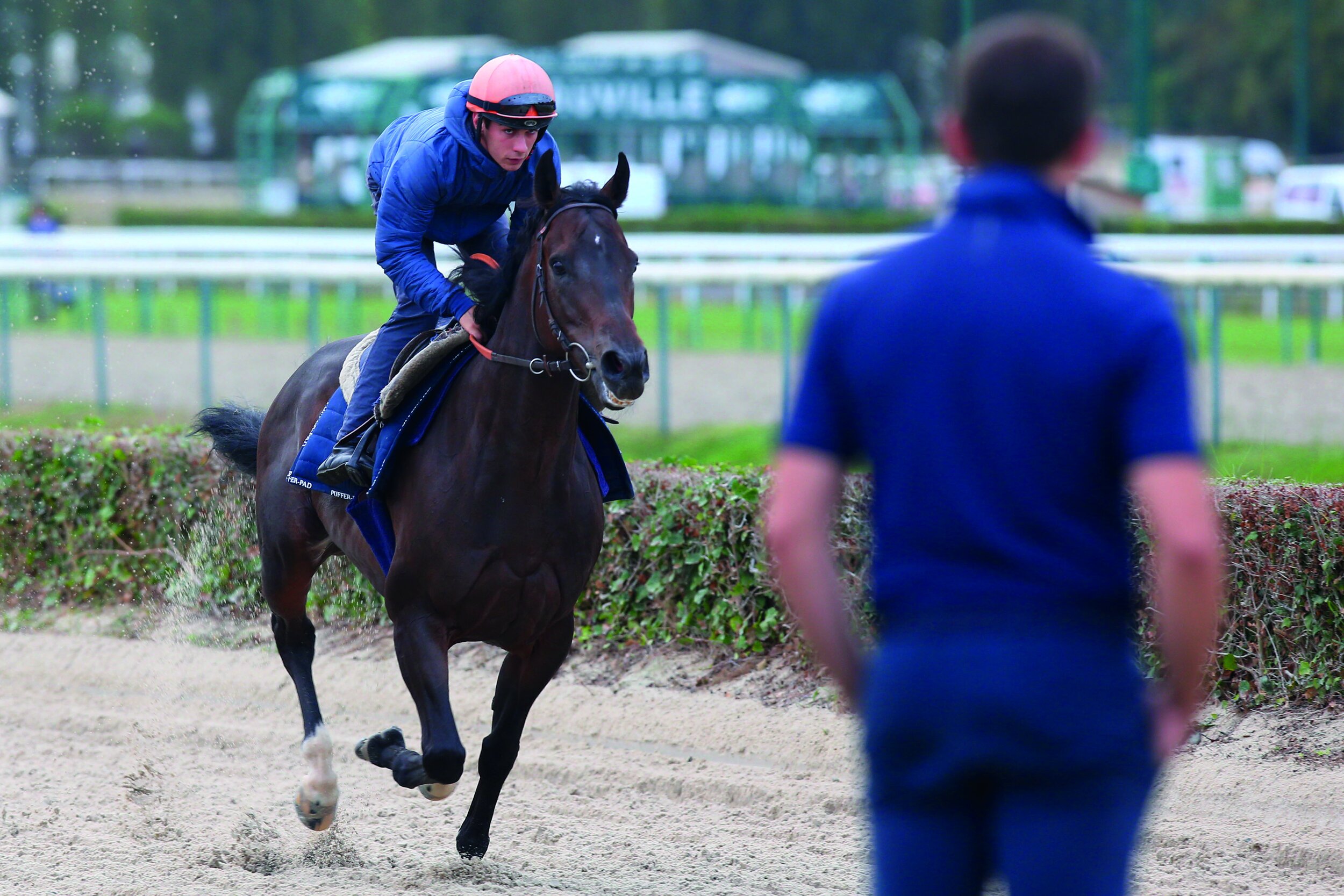




![Willie McCreery – master at the game of patience There is nothing superficial about Rathbride Stables, a traditional yard on the very coalface of the history-steeped Curragh Plains of Kildare. And there’s nothing superficial about Willie McCreery, either. Like most modern yards, the atmosphere is relaxed. McCreery appears laid back, and the staff arrive at 7 a.m. and calmly set about their tasks—the routine as smooth as a well-oiled machine. There are no instructions being given and none needed; teamwork is at its finest.But there’s a keenness here, too—a simmering energy beneath the calm exterior. McCreery is quietly watchful and aware of every nuance. This is a man who loves what he does and just happens to be very good at it, too. The Wall of Fame in the office bears testament to the success—no better example being Fiesolana, the Gp1 Matron Stakes heroine. Improving every season and gaining a first Gp1 win for McCreery and his team as a five-year-old, she’s a good example, too, of McCreery’s patience and expertise with fillies and older horses, for which he has gained something of a reputation. Her now five-year-old Galileo colt, Up Helly Aa, is also keeping Group company under the tutelage of McCreery.This is thanks largely to the patronage of owner-breeders. While some trainers survive on sharp two-year-olds and trading, McCreery acknowledges that having the perceived luxury of time with horses that have a longer career ahead comes with its own challenges. ‘Not selling horses and training for owner-breeders brings even more pressure’, he points out. ‘A win becomes more important, and then when they’ve had their win, you’re looking for black type. If they don’t get a win, it’s worse than if they don’t race at all; poor performances run the risk of devaluing the whole family. It comes down to making the right call, being sure enough from what they’re doing at home that they can do well and improve the family; or maybe having to risk the decision not to run them’.Rathbride Stables, once home to Flashing Steel and where the Irish Grand National winner is now buried, has been home to McCreery since 2010. He had taken out a licence and sent out his first winner two years earlier. The original loose boxes are companion boxes, with the window through to the next box at the feed trough. ‘They can have a chat with their neighbour and have a nibble at the same time’, McCreery says. ‘It encourages them to feed, and I’m a fan of anything that gets them eating well.‘I feed as best as I can. I hope to be second to none in that respect. I use a combination of Connolly’s Red Mills mix and nuts, and also alfalfa imported from Italy. I’ve picked it up along the way. I’m a firm believer in staying ahead of your feed, and if a horse is a little off, cut back straight away. I feed four times a day’. McCreery starts his day in the yard at 6 a.m. with the first of the feeds, and he’ll turn out any of the horses not working that morning. That day’s runners will go out in the paddocks in the evening after returning from the races and again the next morning. Rathbride has 40 acres of turnout paddocks, as well as a 400m covered wood chip ride, and is currently home to 60 horses.It’s ideally situated and well chosen. ‘We can just walk across to the gallops; we’ve the vet just beside us, and we’re within an hour of six tracks. As an example, I had a horse injured on the Old Vic gallop at 7.40 a.m. and he was X-rayed, diagnosed and back in his box—all by 9 a.m. I’m very lucky; any issue at all, and I have the vet with me in five minutes. I can drop blood samples in and have the results in 10 minutes’.In the pre-COVID days, McCreery liked to give his horses days out, particularly at Dundalk where they could walk round the parade ring in front of a race crowd and gain experience. He also found the local equine pool a great help for horses who enjoyed it, but that’s now closed. ‘I would love to be near a beach; sea water does a great job’, he says. ‘But I’m not a fan of spas. They can mask the injury, and the problem is still going to be there. They’re okay for sore shins’. Training racehorses was always in his blood; McCreery’s father Peter had enjoyed great success as a National Hunt trainer, and his older brother Peter Jr by coincidence sent out Son Of War to win the Irish Grand National the year before Flashing Steel’s success. We might wonder why McCreery chose the Flat in preference.‘I’ve no preference, I’d be happy training both, but I was just led that way’, he says. ‘I suppose I veered more to Flat fillies because of owner-breeders. If people have a horse that needs a bit of time, they’ll send it to me because I’m known for that type of horse’.This could be due to McCreery’s strong background in breeding. As well as growing up with racehorses, he served his time on the renowned Irish National Stud diploma course. He went on to work in Australia, Japan and America. Having returned home and worked at KIldangan Stud, he served as assistant trainer to Charles O’Brien for eight years before setting up on his own. His experience and the insight gained from the breeding sector has certainly stood him in good stead.‘A lot of what I’ve learnt comes from running a large commercial stud where we were foaling 100 mares in a season’, he says. ‘I picked up horsemanship. When you’re raising them, you know when they’re a racehorse—you can see when they have that fighting spirit. I also know about the doctoring that can be done on a young horse, which can impact on their racing but not for the sales. I know what to look out for and consider. ‘I see a big problem in the overpopulation of farms and the rate of Rhodococcus equi infections. The foal recovers, but what about the effect on lung capacity? Should that be recorded on the catalogue page? I believe that if a foal has had surgery, that should be on the catalogue page, but it’s not. Time spent standing in is going to impact on development at a crucial stage. My stud background has definitely been an advantage in so far as the youngstock side. I can see joint problems and other problems, and I know how to deal with them’.McCreery is also scathing of the amount of scoping carried out at the sales, to the point that even professionals forget the simple basics. ‘I’ve seen vets walking round with the scope hanging over their shoulder!’ he complains. ‘One guy put it down on the floor, then wondered why I refused to let him use it on my horse’!At the sales, McCreery relies on his own judgement. ‘I do all my own buying at the sales myself; I didn’t really like some of the horses agents were fetching out to show me. I used to buy cheap fillies with faults that I knew I could train, but then I’d find that I couldn’t sell them on afterwards. Because of the faults, agents wouldn’t look at them.‘I try to buy the quick types, as I get given late-maturing horses, so it’s a way of having some early two-year-olds, but I’m not really known for my two-year-olds. I always go round the sales with horses marked off in the catalogue, but very often a groom will pull out another horse for me to see and if it’s a correct horse and I like it, I’ll take a chance on it, so usually I don’t end up with the horses I’d marked off at all!‘There are some studs I won’t buy from because they only breed a sales horse. You look in a catalogue and see mares ruined being bred to the wrong horse. I’ll only look at those sent from the studs I know breed a racehorse’.When it comes to buying cheaper horses and having to forgive some faults, McCreery is careful. ‘I won’t forgive wind. Ninety percent of horses have wind issues; we’ve bred that into them now. Bad feet can be tricky, too. I wouldn’t like a curvy hock; you end up married to them then. I look at them as if I’m going to be selling them in a year’s time; I look at them like a vet. I don’t like a flashy walker; I like to see them more relaxed and professional. And I hate the fact they are all given so much tranquiliser at the sales; you get a totally different character when you get them home’.Prior to taking out his licence, McCreery’s vast experience hadn’t been limited to horses, and he also brings a lot of knowledge from another sporting world, having played Gaelic football at the highest level. He was a midfielder for the famous Kildare team that won a national title in 1998, while still working by day with Charles O’Brien. ‘I learnt a lot from our manager Mick O’Dwyer’, he acknowledges. ‘I think the biggest thing was that when he had you 100% fit, he tried to get you 110% fit and lost three players to injuries. I learned from that. A lot of horses lose their races at home on the gallops. When a horse is 100% fit, it can’t get any fitter. I learnt to back off and not do too much with them. ‘That’s the greatest skill. What John Oxx did with Sea The Stars—that was a phenomenal feat, and we won’t see it again. To win six major Gp1 races in six months, that was an incredible achievement and it’s a wonderful thing for us to learn from. It’s what we all have to aim for, even with a low-class handicapper, that ability to keep them fresh and at their peak from the beginning of the season to the end. It’s things like that that I love. ‘I see myself as a conditioner of racehorses, not a trainer. Getting a horse ready for its first time at the track takes a lot of work, but from then on it’s just a matter of keeping them fit, and they don’t need much work at all. I like to use their races as their work. I weigh them once a week and before and after races. Their weight can tell you if they were trying or not. ‘On the gallops I love my horses finishing together. That way, they are all confident; they all go home happy. When they go to the races for the first few times, I like the jockey to make it an enjoyable day for them. Billy Lee is our jockey, and he won’t punish a horse; they’ll come on all the better for it. Most horses try their heart out; they know that when a jockey goes “giddy up”, they need to go faster. Billy Lee and Nathan Crosse are horsemen, and my apprentices are all drilled in the same: why hit a horse when he’s trying his best?‘It’s about keeping them mentally happy and when they run it doesn’t kill them, there’s plenty more for next time; they can keep improving. With some trainers that first run is a horse’s best run; they went all out for that win and gave everything, and there’ll be nothing more to come from them. ‘It’s all about knowing when to stop. If I’m not sure about a horse, I’ll run it over a shorter distance and it will recover quicker. I’ve found from experience that if I’m doubtful about them getting a trip and I run them over shorter, I’m usually right. Individuals will get given a break if they’re not growing or they look a bit sad, but I like to keep going with the two-year-olds. I’m not a two-year-old trainer; their early races are bonuses. It’s their three and four-year-old career I focus on. Horses are not mature until they’re four, so I won’t do too much with them in their first season. My owners know what they bought themselves and know I won’t push them’.Typically, his horses, who step straight out onto the Curragh from the yard, will have a four-and-a-half-kilometre hack over to the gallops. Those that need it will have stalls practise, but otherwise he prefers not to put them through the stalls, as there’s always a risk they may get a fright and then develop an issue.‘I love to use the grass gallops, and I especially like bringing them up Walsh’s Hill. It has a quarter-mile width and provides good ground from March to November. It has a little incline the whole way up, and if the Lord ever gave me a field, it would be this one. Some of my horses have never turned a bend until they get to the races!‘I’m in the yard at six and matching riders to horses on the board—that’s so important. If any rider calls a horse a bad name, they never ride it again; it’s clear they don’t get on together. Some riders have a good energy, and some have a bad energy; and horses are very sensitive to that.”McCreery has gleaned plenty of knowledge from the people he has worked with and the roles he has experienced, but he reveals, ‘By far the biggest help to me as a trainer was when I worked at Kildangan Stud, and I did a course in managing people. That taught me an awful lot. Every staff member has good traits and bad traits, so good management is about finding what they like doing and what they can do. The skill is in getting them to use their skill and be beneficial to the yard. It’s the same in every walk of life and in every business. If you leave people doing things they’re not good at and don’t enjoy, they’ll leave.’Staff retention is a big problem, and recruitment is an issue not only limited to Ireland. ‘It’s a huge problem and getting worse by the day’, McCreery agrees. ‘It’s a worldwide problem, and I worry about the state we’ll be in in 10 years’ time. There is so much being introduced—Health and Safety and insurance getting more expensive. It’s a lot harder now in the administration side of things’.McCreery also notes a change in modern culture and work ethic. ‘Young people only want to ride out; they don’t want to do anything else. They don’t like early starts and working weekends or bank holidays. They’re not as driven. For every one good person you get, 10 go through your hands. There’s no loyalty. ‘People are getting heavier; it’s a tough game to get into for any kids. The educational facilities tell them they can have a good career ahead, and they then get disgruntled when they don’t get on as a jockey. All trainers want a good apprentice, but if they’re not good, owners don’t want them on their horse. You bring on an apprentice as best you can, but at the same time you can’t jeopardise your business. Apprenticeships and educational facilities are an integral part of recruitment, but the reality is that it’s like the soccer youth academies—only the very few will make it’.Ideas have been cited in the past for every trainer to take on an apprentice to train rather than rely on the educational facilities, but McCreery has his doubts. ‘If you have a bad teacher, you get a bad pupil; it won’t work that way. It’s important to be guided by the right person. The only way for apprentices to learn is from the good riders around them, and the Irish jockeys are among the best in the world. You can put any of our top 10 jockeys anywhere in the world, and they’ll be in the top 10 there. Visiting jockeys find it hard to ride here; it’s so tight.‘The reality is most jockeys have very poor winning percentages and it’s tough, but they have to deal with it. My old manager, Mick O’Dwyer, used to say [that] when someone pats you on the back, they’re just looking to see where to put the knife! As a jockey walks back in from a race, they can be aggressively accosted and verbally abused, so it’s important kids are protected from that and know how to deal with it’.However, there is a growing shift in culture and a lack of respect among some younger people that can prevent them from learning the traditional way – ears and eyes open and mouth shut. ‘It’s unfortunate, but the older jockeys used to offer advice to the younger ones. But now, if an older jockey goes over and says something to them, the youngsters tell them to f*** off’!Perhaps a bigger issue is the scope of the education provided at racing academies. McCreery picks up on something that should be fundamental, given the modern issues of height, weight and mental wellbeing.‘They should be taught how to cook’, he insists. ‘It’s farcical. They come out of work and go to the chip shop! I’m astonished at their lack of basic; it’s fundamental. As soon as my apprentices arrive here, I take them to a nutritionist. They learn to cook and to eat the right things’.He is, however, blessed with good staff who have been with him throughout. ‘Our apprentices are Nathan Crosse and Jack Cleary. Mick Clarke—he’s my head lad and assistant—he’s been here 10 years. Eddie Dempsey is our travelling head lad. Cathy Canon is in the office; she does the accounts. My wife Amanda and Brian Donoghue are in the office, too; they do all the horse side. And John Breen has been with me 10 years looking after the yard’.The restrictions placed on working hours is another headache faced by European trainers and, as McCreery points out, ‘Animals don’t know what day of the week it is. When I worked in America, there was no difference between a weekday or a Saturday or Sunday. I can see that in the near future we’re going to have to hire more people to work less days, like in France. We’ll have weekend workers, kids from college. Owners will never be happy to accept a fee increase; the only way is to have more staff working fewer hours. But staff won’t be getting a full week’s wages, so they won’t stay’.Many trainers are looking ahead with trepidation, but perhaps that was always the case and it has certainly never stopped aspiring young people taking out a licence. McCreery had the full support of his wife Amanda when he decided to start up on his own, her own career providing financial support until such time as she could join the Rathbride team.‘I don’t think it’s too difficult for a young trainer to start out’, McCreery believes. ‘You can rent a yard or even just a few boxes and start with just two horses. I started off with just €20,000 and 12 horses, in the height of a recession. There is so much to learn off other trainers, and you either pick it up fast or not at all. You make mistakes, and you learn by them. If you don’t do everything right and efficiently you won’t succeed’.The topic of the moment is social media, and the stress and pressure it can cause where once it was promoted as the newest tool in marketing a business. McCreery isn’t a fan and doesn’t do Twitter. ‘Where do you stop’? he says. ‘It takes up so much time. The bigger yards can do it, where they have someone employed just to keep it up to date. I don’t get owners from social media. Do trainers really need advertising? The minute you have runners, they are your advertisement.’A consistent problem in Ireland has been the treatment of owners at racecourses—a situation that is improving rapidly but still bringing complaints from some trainers. It has been highlighted by some that there can be a tendency for racecourse staff to behave more like “bouncers” than “greeters”, which can undermine the hard work trainers have put in to securing owners.It has also been argued that Ireland doesn’t have room for two authorities, in the form of Horse Racing Ireland (HRI) and the Irish Horseracing Regulatory Board (IHRB), but McCreery would disagree.‘HRI has done a great job keeping racing going’, he acknowledges. ‘It’s hugely important to keep the structure that we have in place—to keep the two bodies neutral. HRI is responsible for the promotion of the industry, and the IHRB controls the regulations. We’ve the best racing and breeding in the world, and we cannot afford to jeopardise that status. We are a nursery for the rest of the world, and that trade is very important; it keeps trainers going. Every weekend in the USA the grass races are won by former Irish-trained horses and look at their success in Australia and Hong Kong. We need to be totally transparent and 100% honest; we set the standards in racing worldwide.“I think our stewarding is very good. I know some call for professionals and ex-jockeys instead of amateurs, but I would be very afraid of professionals once they’re on a salary; they can be got at and controlled. At least with our amateur stewards, they are respectable and they’re doing it because they want to give their time; they can’t be got at. I would have a fear of professional stewarding being tampered with. France’s stewarding has gone a bit mad, I feel; Europe has to come together and unify the rules. As things stand, it’s very unfair on jockeys.‘The biggest problem is the Handicapper—we only have the one, and no one questions him. It’s hard to have a conversation with him; it just turns into an argument. There should be Handicappers for different length races, with more specific knowledge of those horses. A horse needs to be rated 80 to win a maiden, so why should the runner-up be punished and raised? The runner-up should be dropped 3Ibs.”Obviously, HRI will be undergoing a change this year as CEO Brian Kavanagh moves on to a new role at The Curragh Racecourse and Training Grounds, and his successor is sought. ‘Brian Kavanagh gets things done, instead of talking about it he just does it’, McCreery says. ‘He has kept racing going throughout the pandemic, and he’s done great for prize money. He has been hugely beneficial to us especially in the redevelopment of the Curragh training grounds. ‘I suppose you could argue that trainers didn’t get enough input; we did and we didn’t, but that’s probably not a bad thing. We know how to train, but it was probably better to leave it to the experts. The grounds are brilliant. In the future I would love to see a dedicated horse crossing, but that’s a council issue’.As conversation turns to the infrastructure of the Irish industry, McCreery paints a positive picture and has few complaints. ‘I would like to see more median auction races and fillies maidens—for my own preference—as it’s very hard to win with cheap fillies. Claimers are now part of the programme, and people understand them a lot better. A lot didn’t understand them at first, but it’s your chance to handicap your own horse, and it’s also a chance to get rid of a horse. At the same time, owners can buy a horse from a claimer that’s ready to run. They used to be very popular with syndicates, but COVID has led to the loss of a lot of syndicates’.There is one area in which McCreery would like to see more action taken. ‘We really, really have to address welfare or we won’t have racing. We need a proper committee’, he warns. ‘The racehorse is a phenomenal animal and we’re very lucky to be working with them’.](https://images.squarespace-cdn.com/content/v1/517636f8e4b0cb4f8c8697ba/1625059615945-9P7NV0L6S8ROD7UIAUB0/IMG_3830.JPG)







